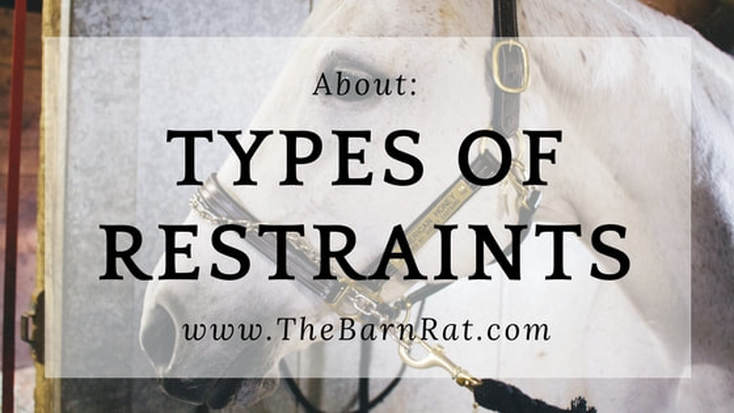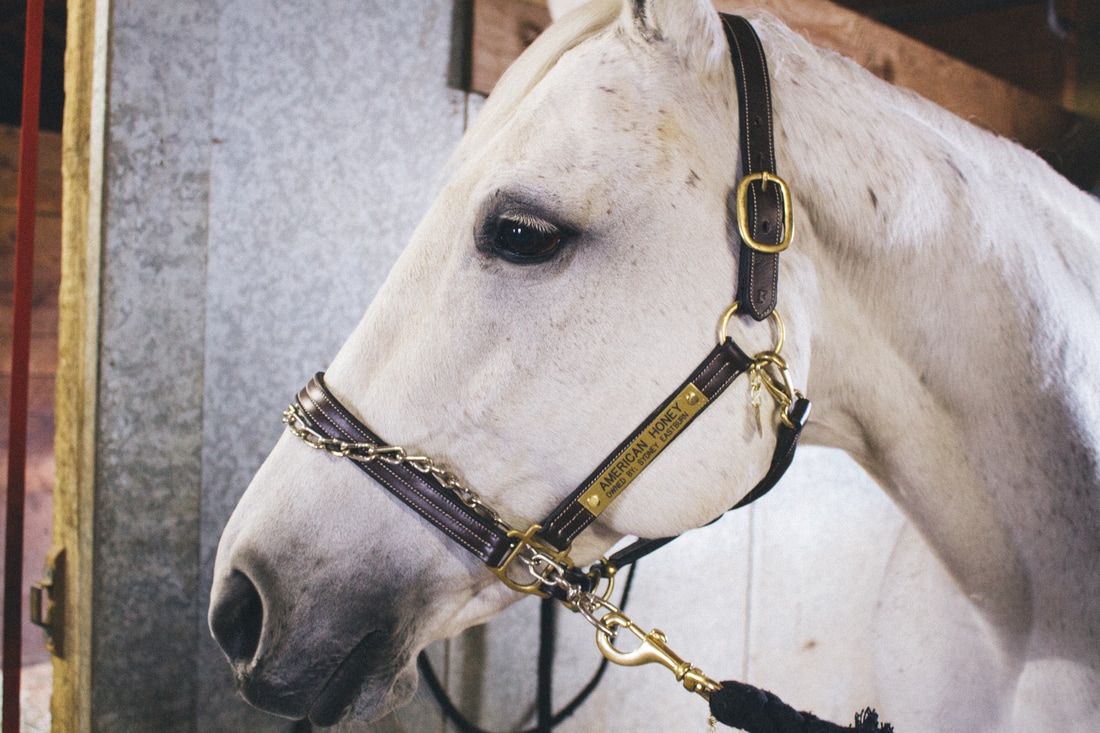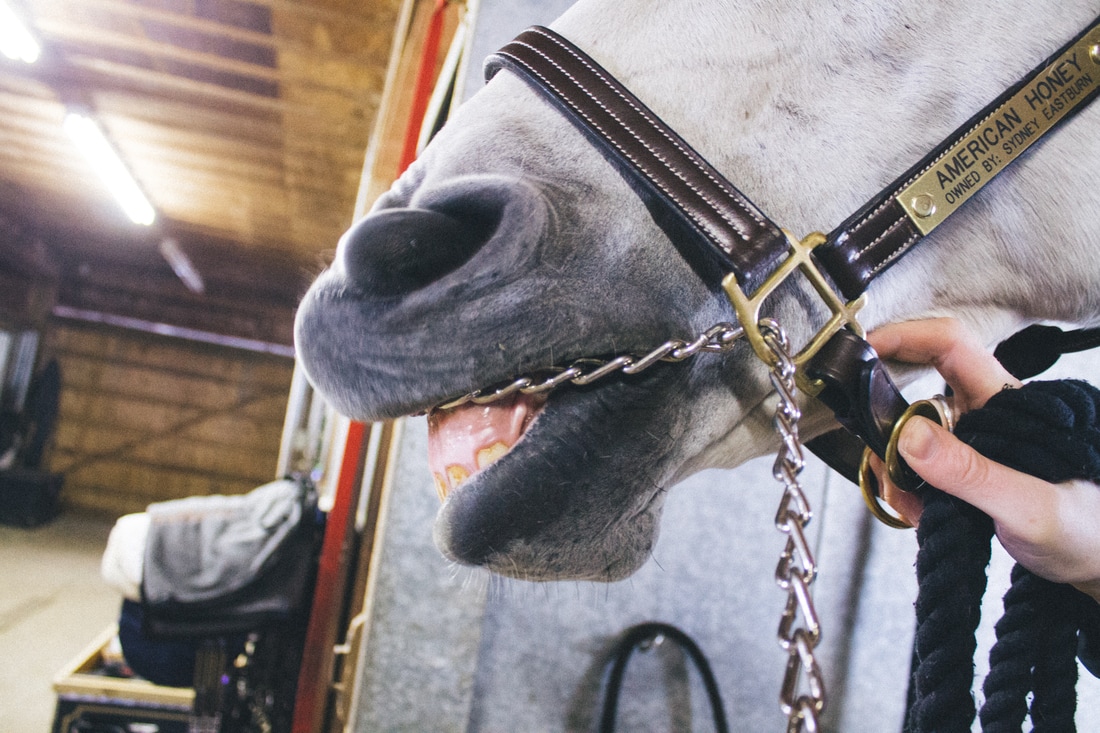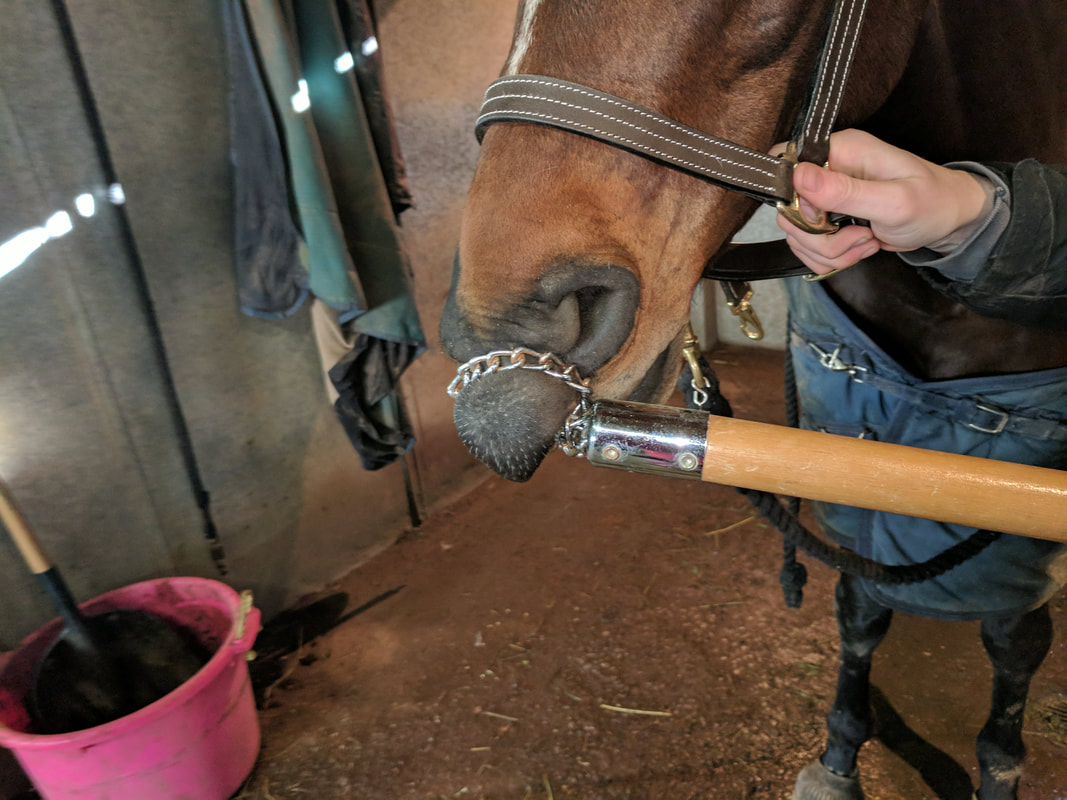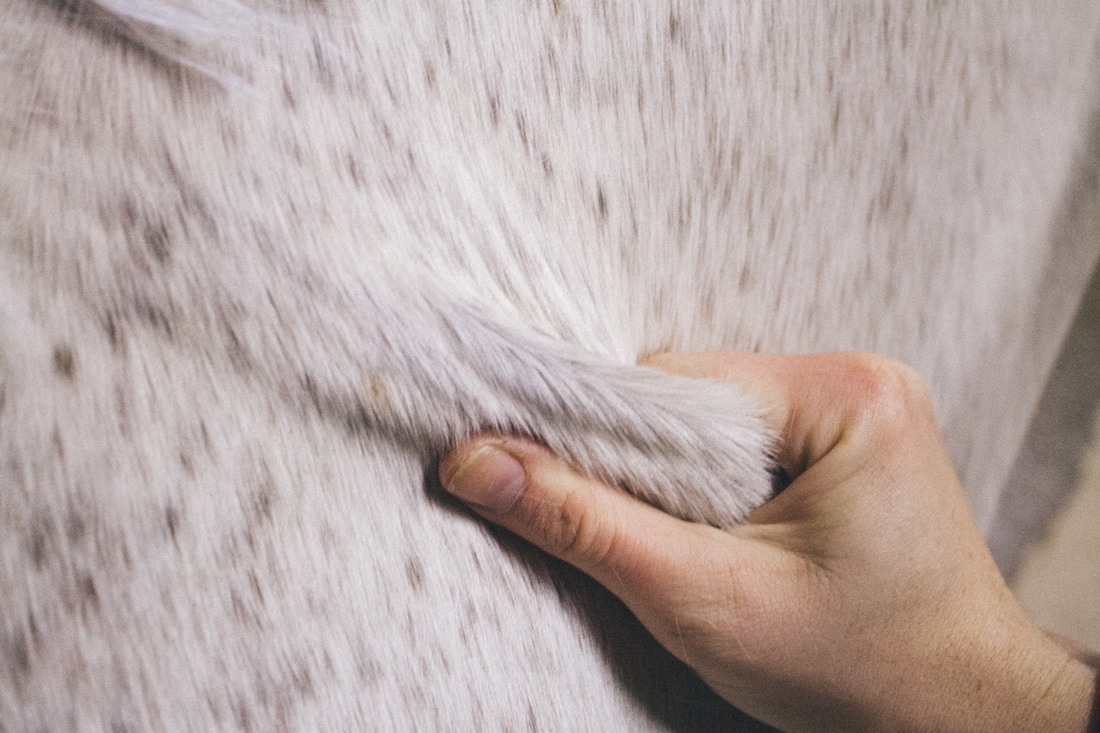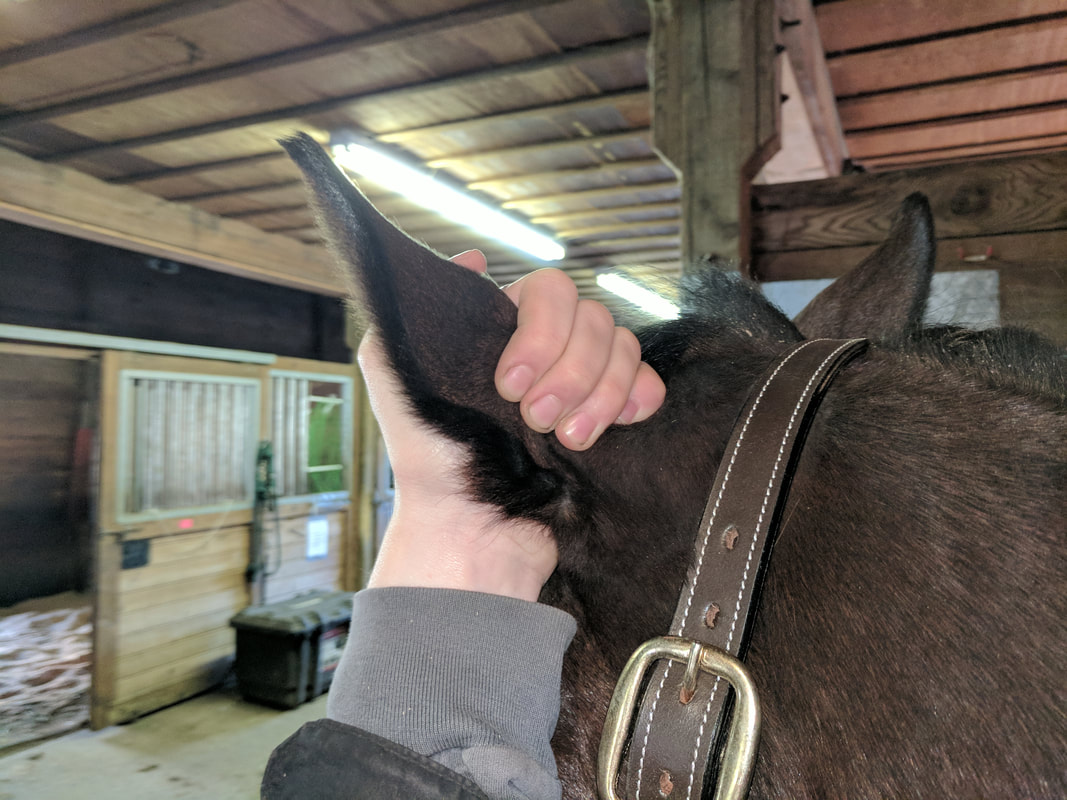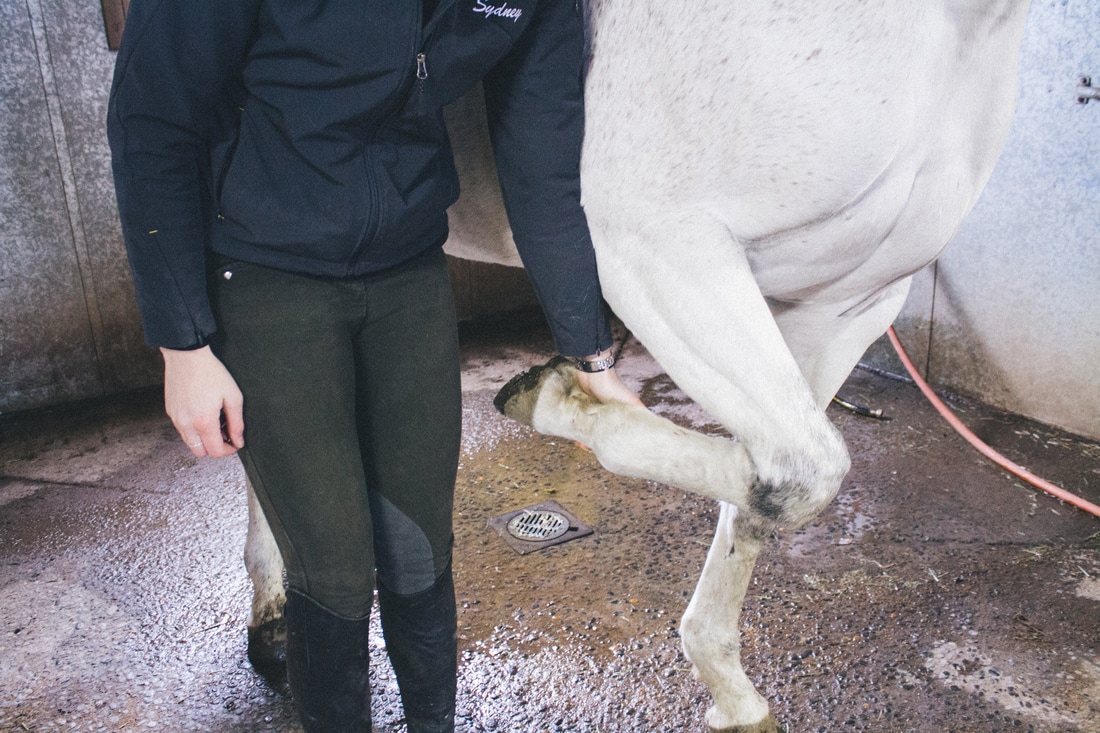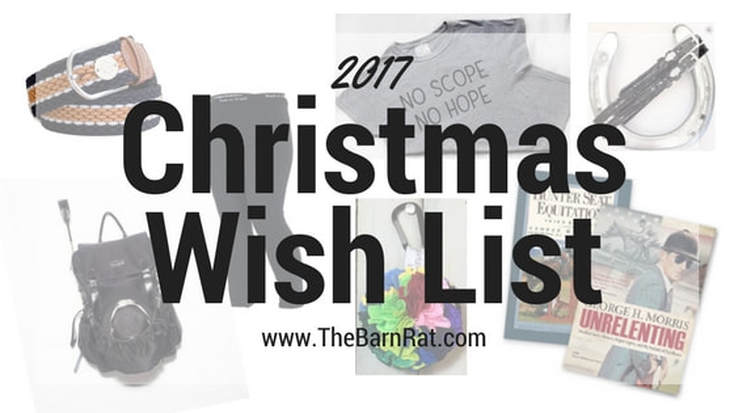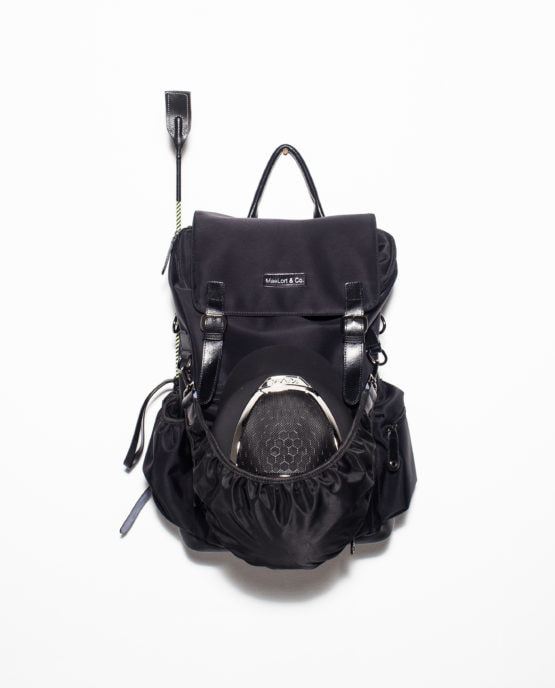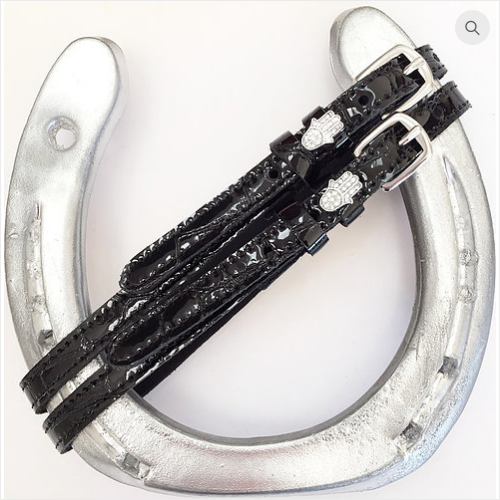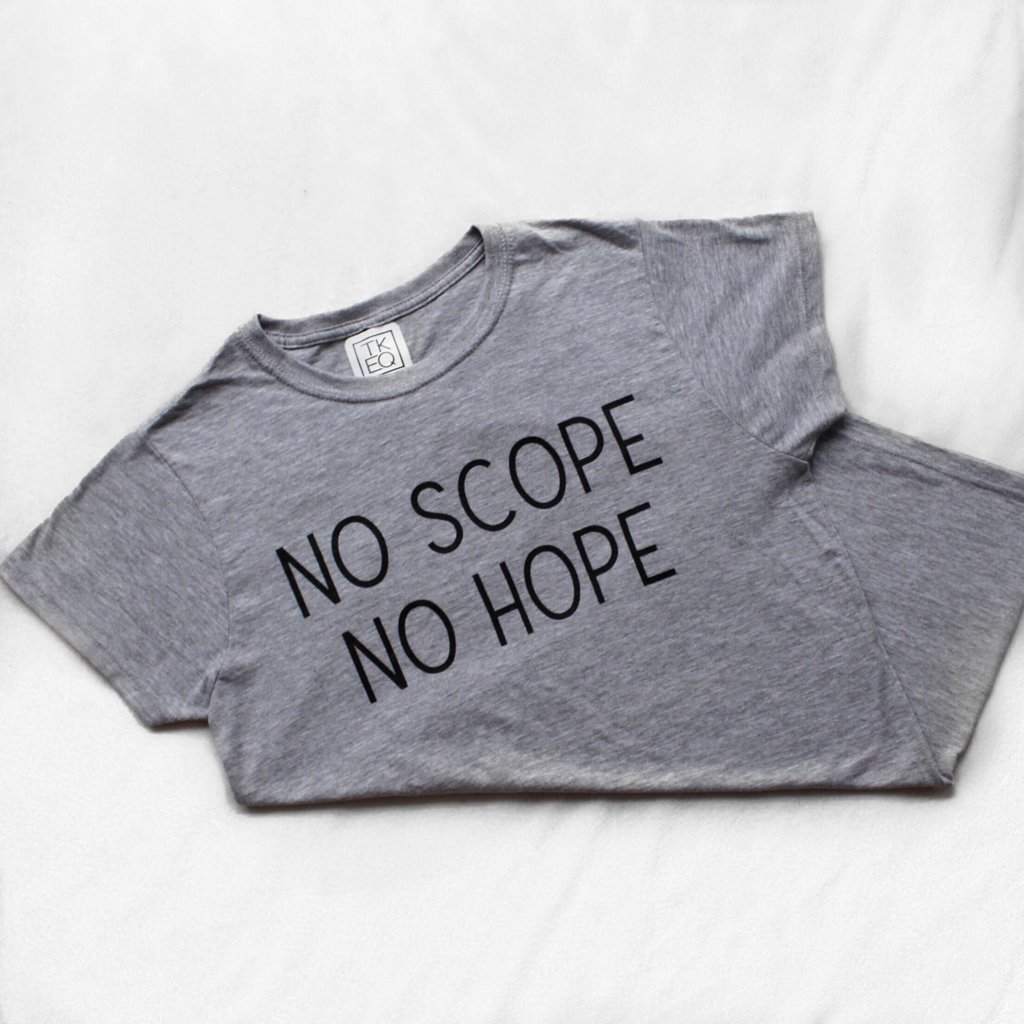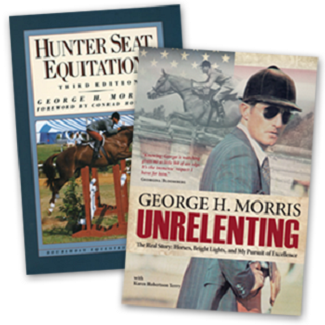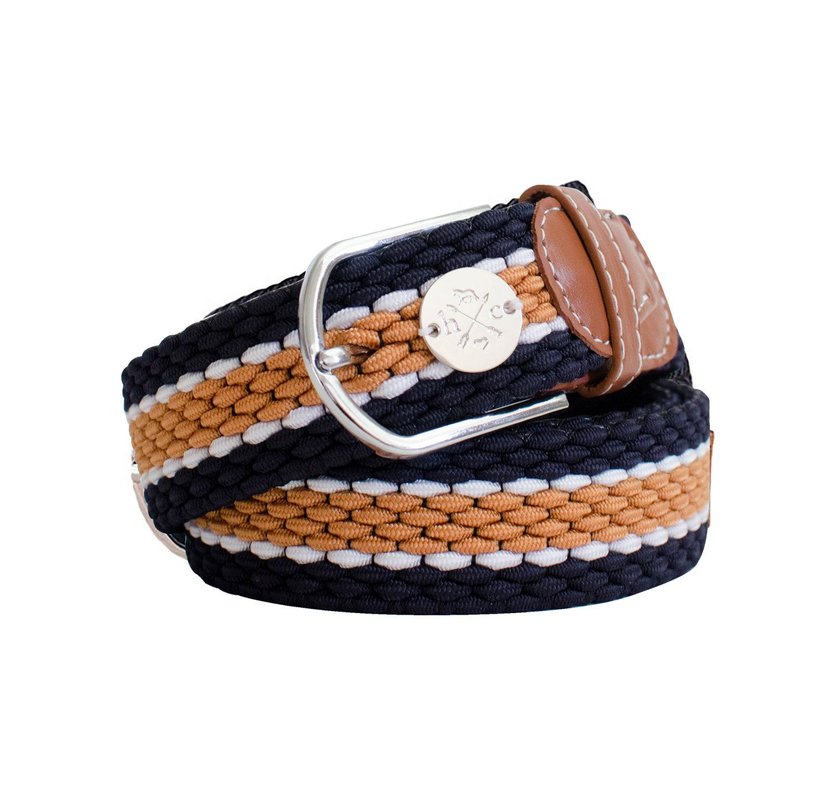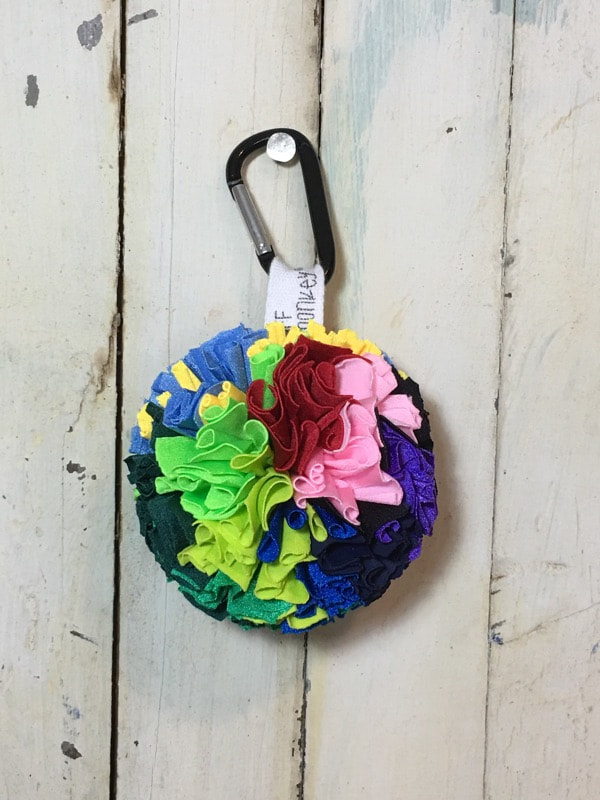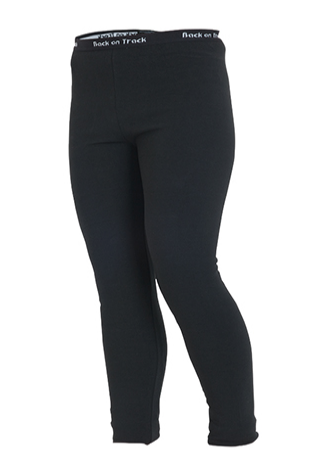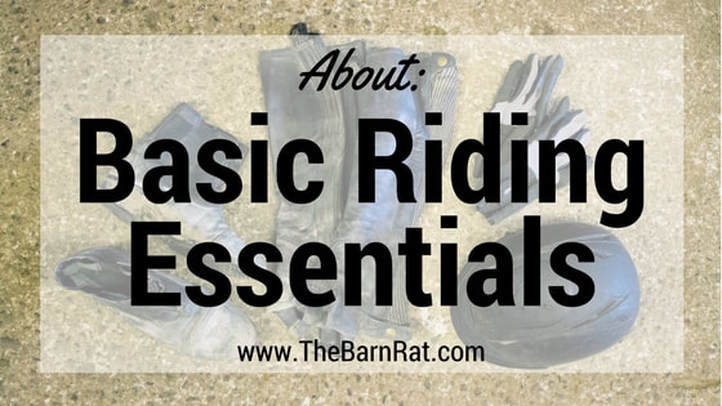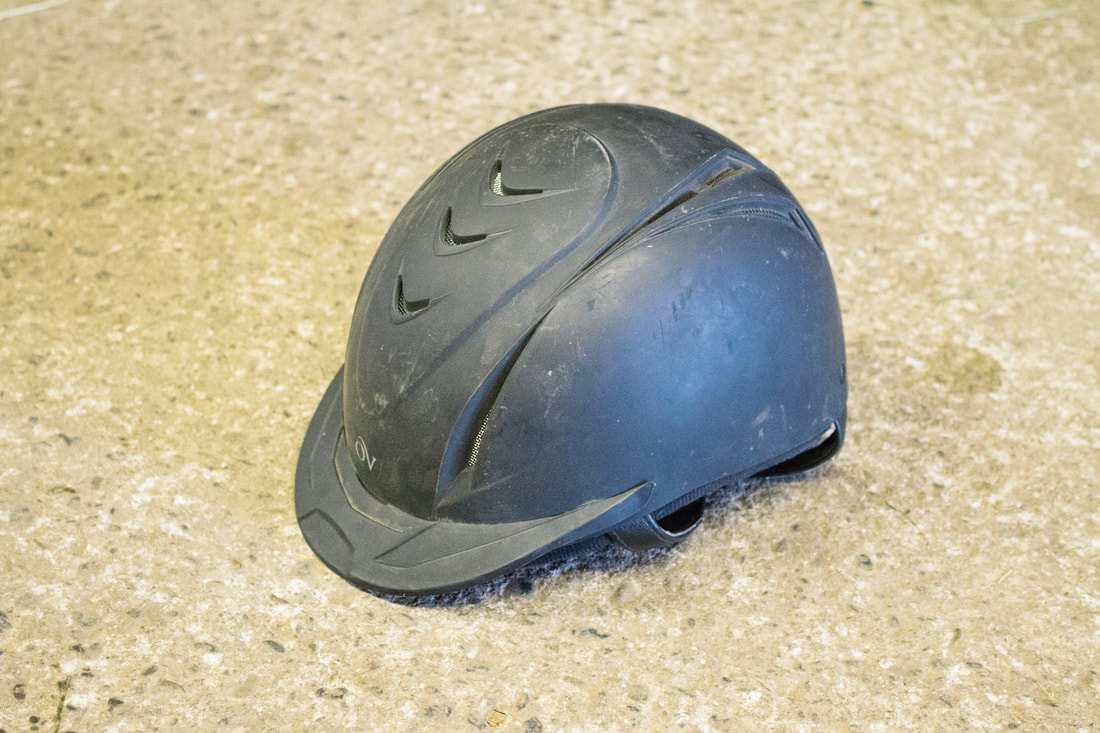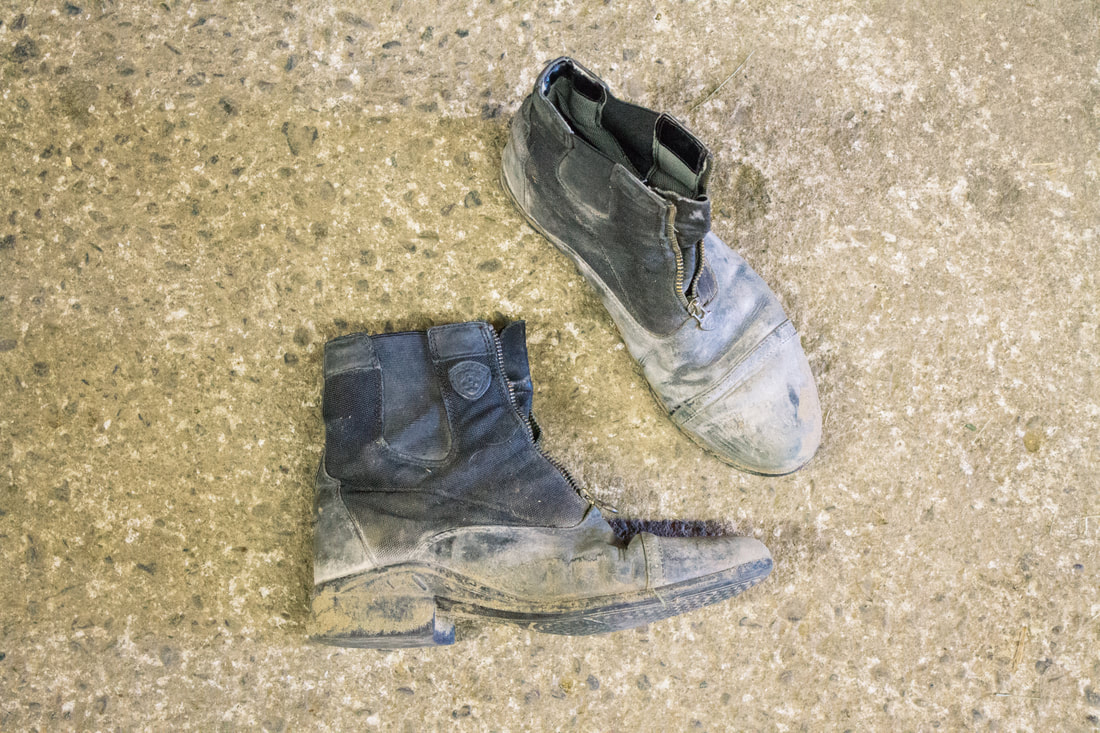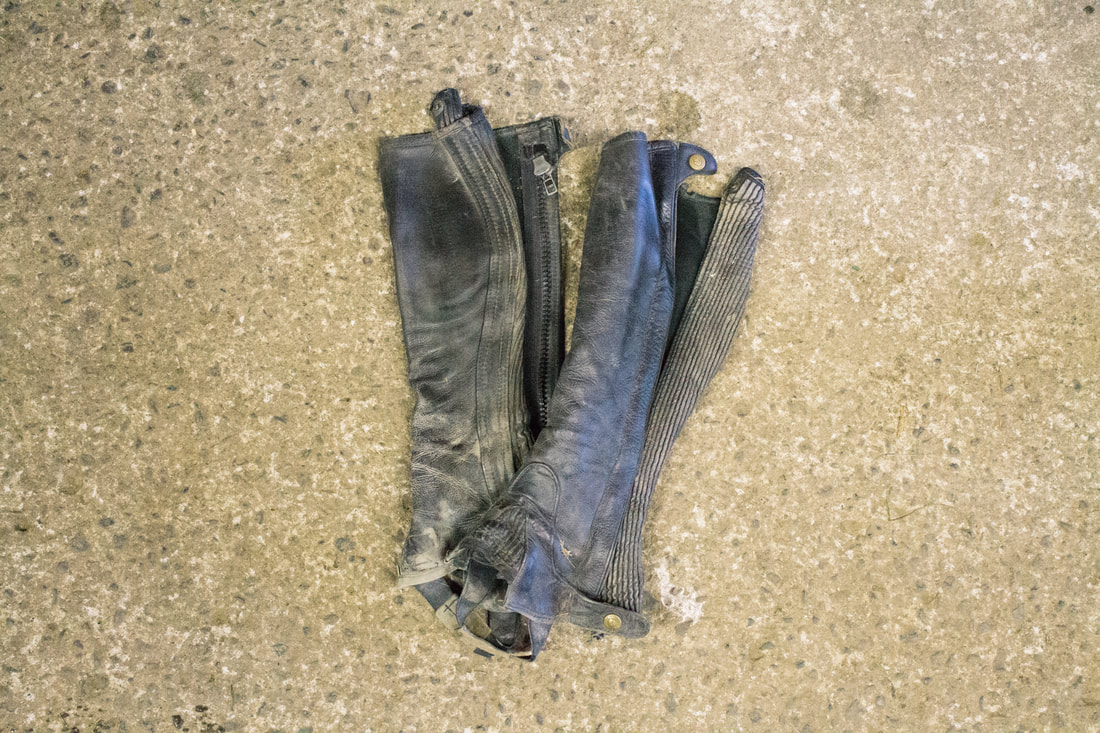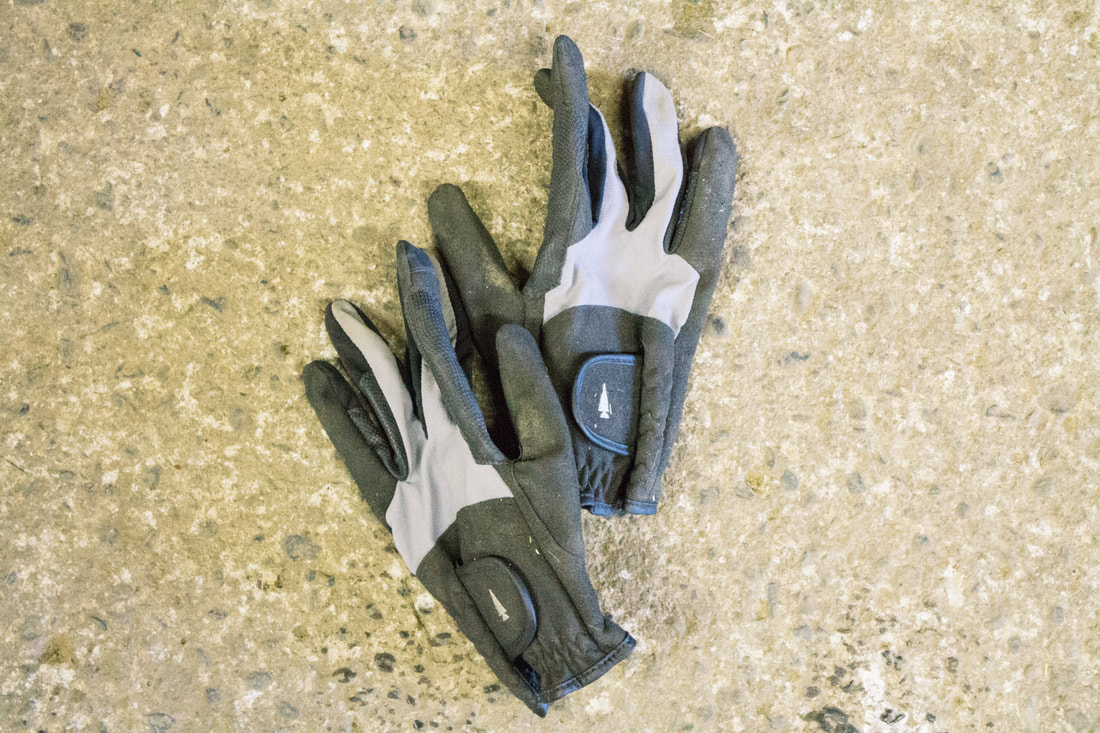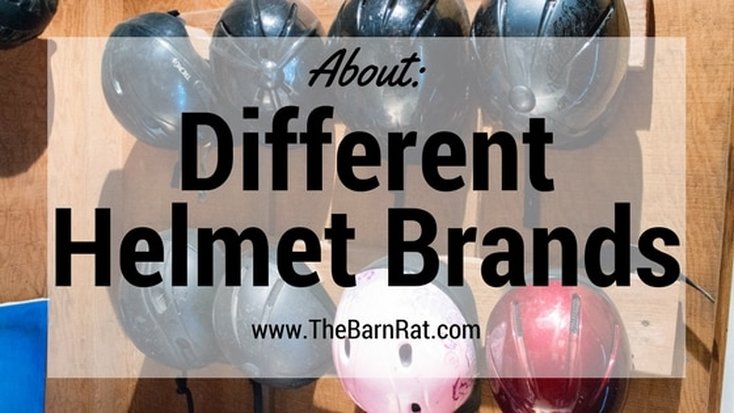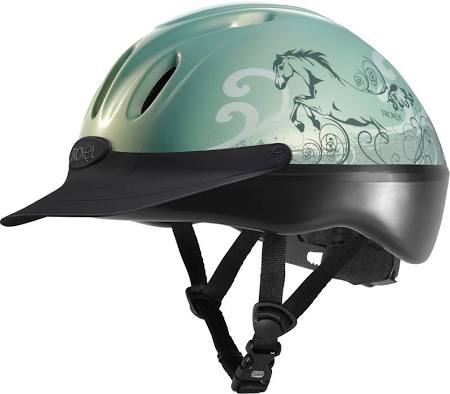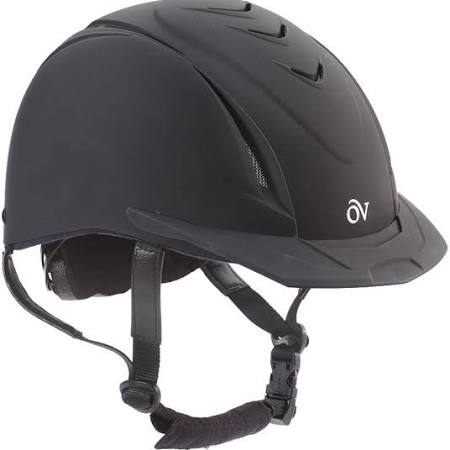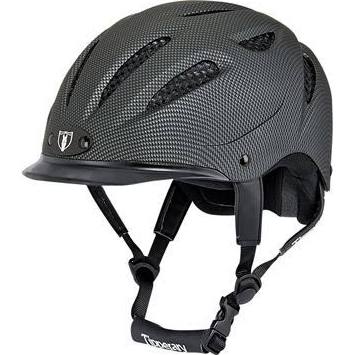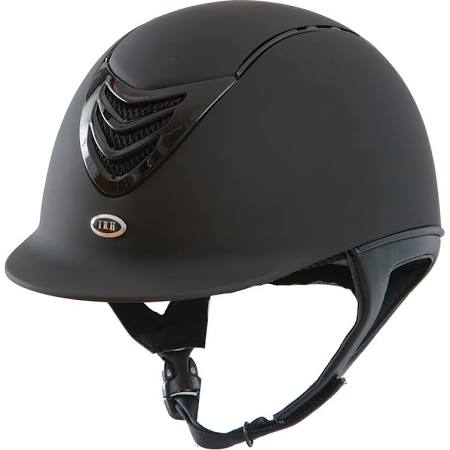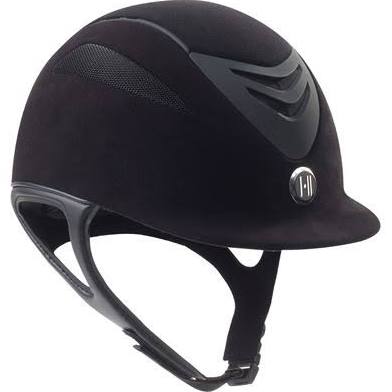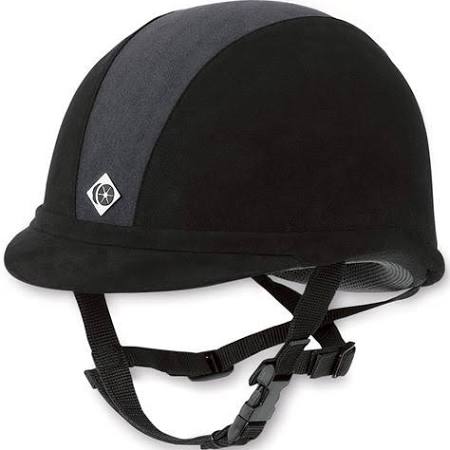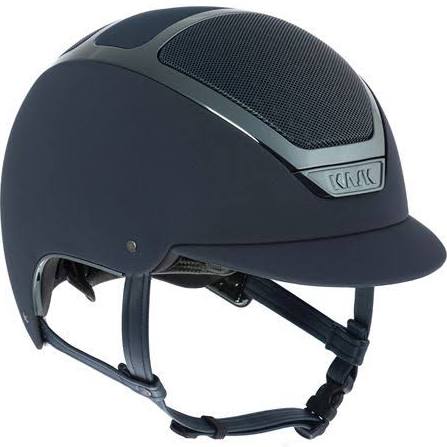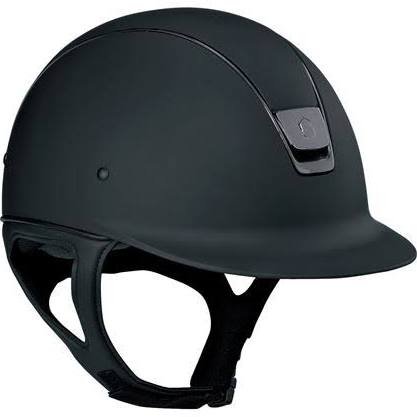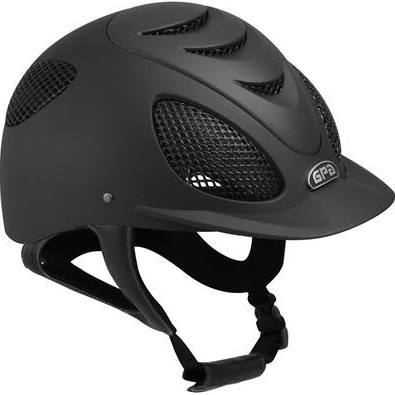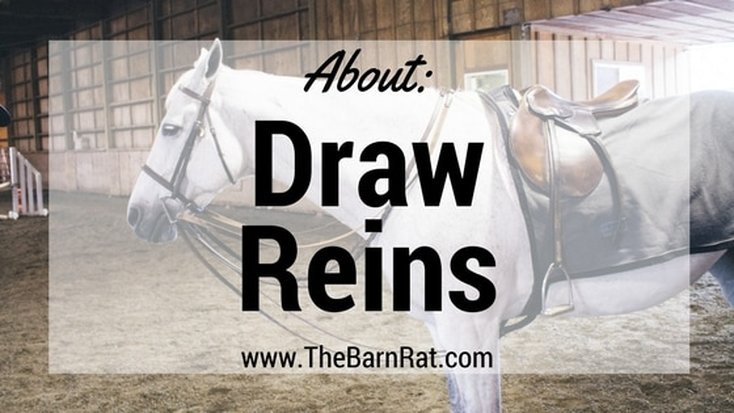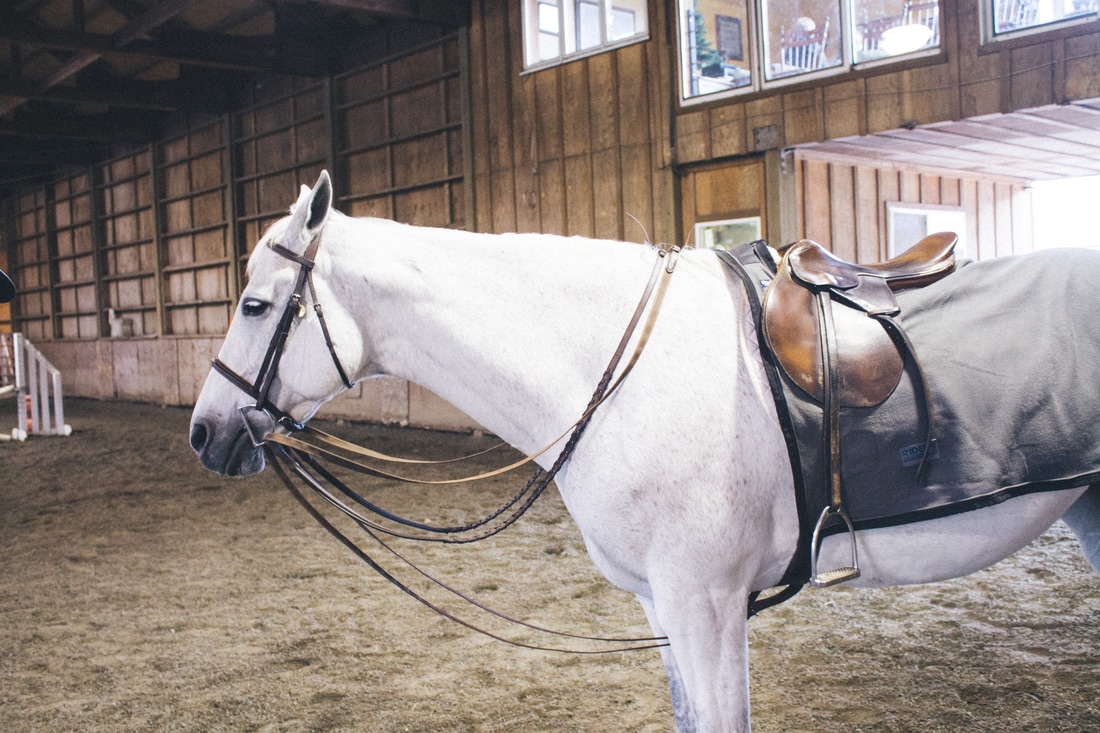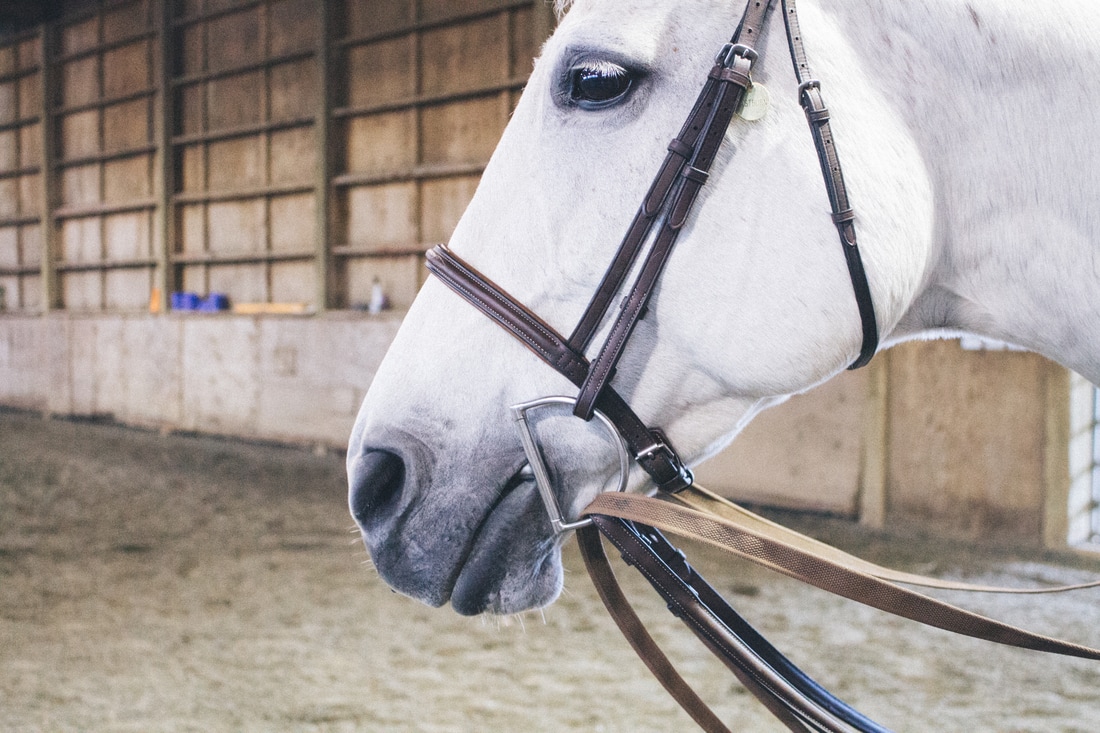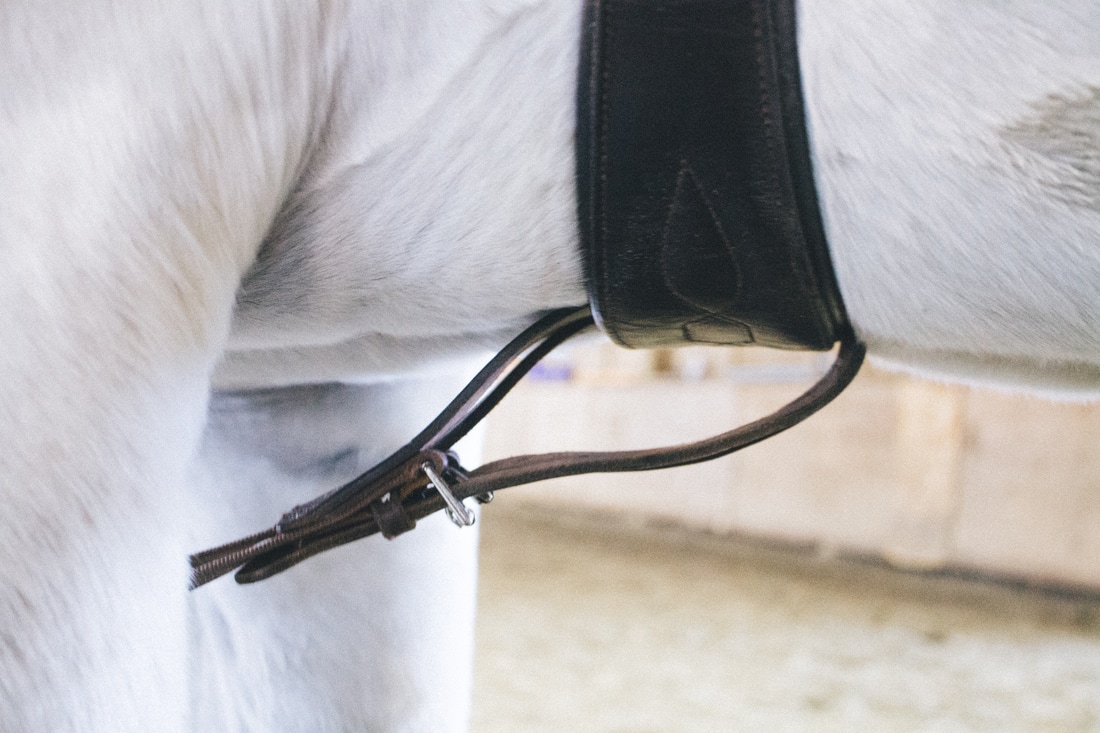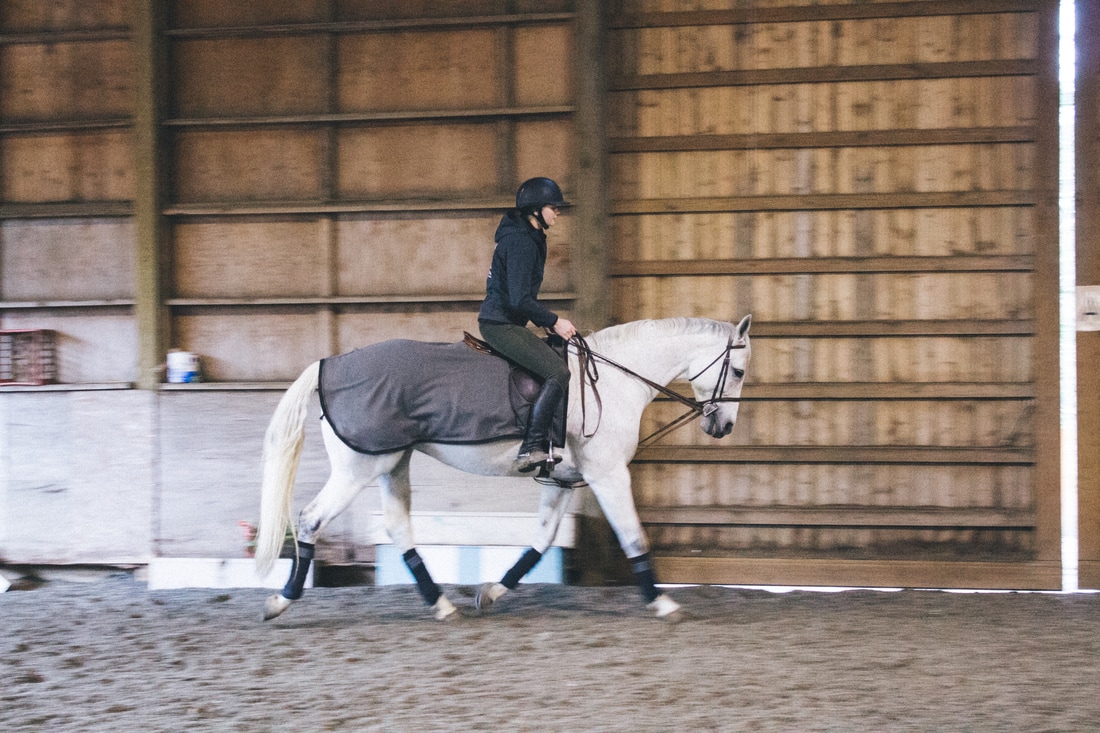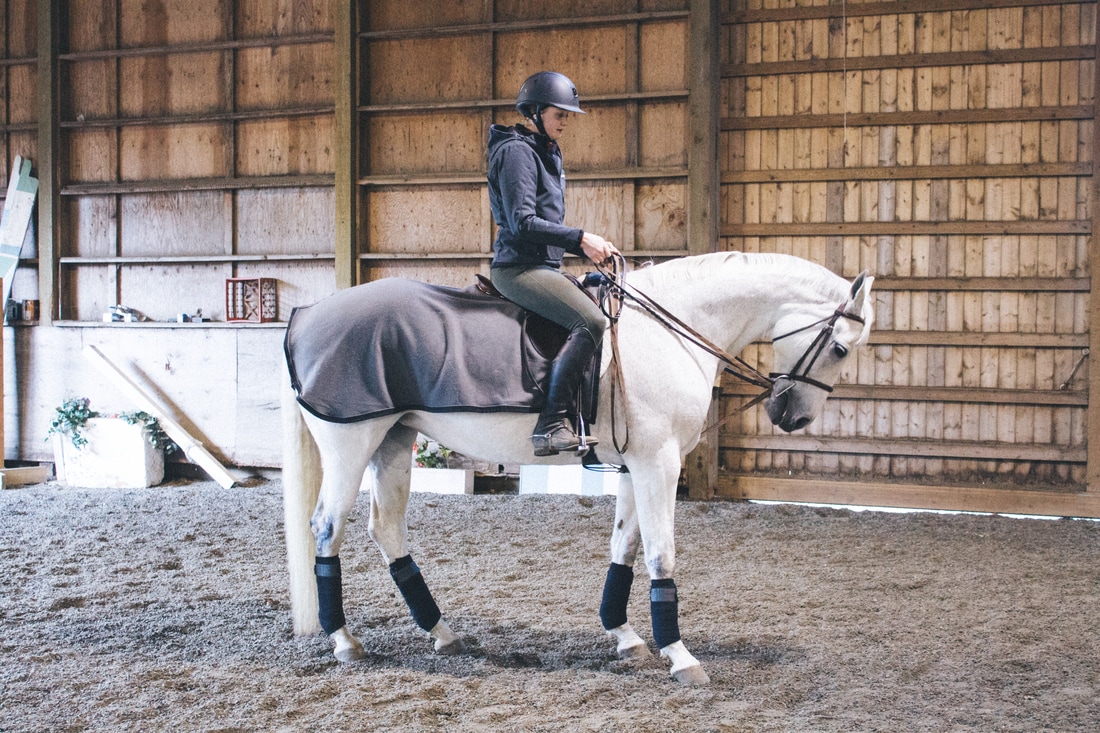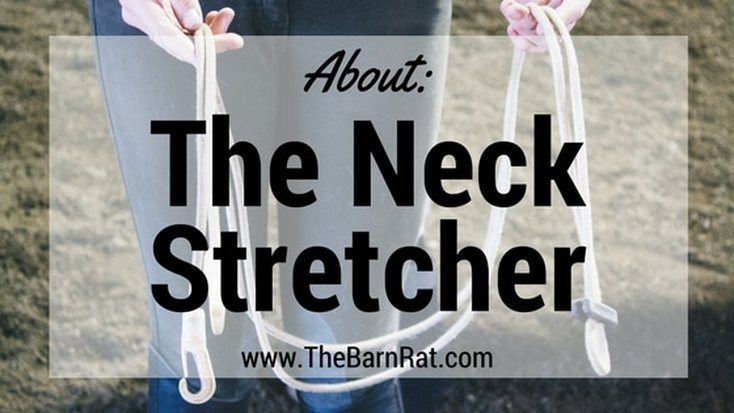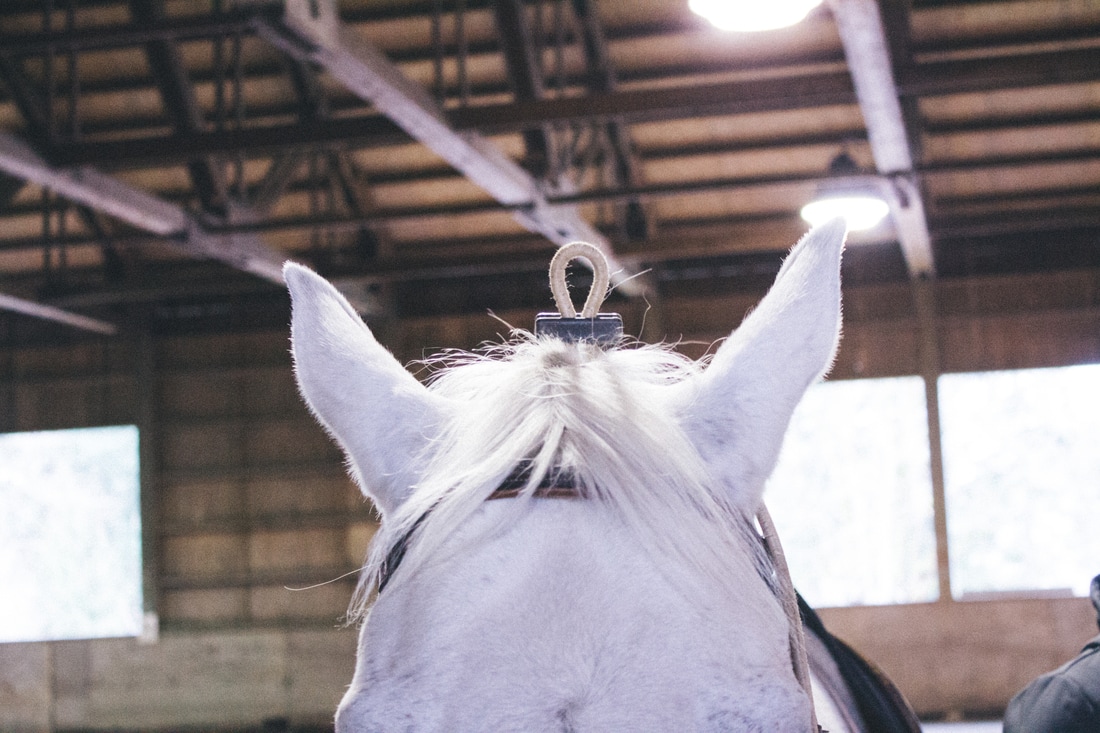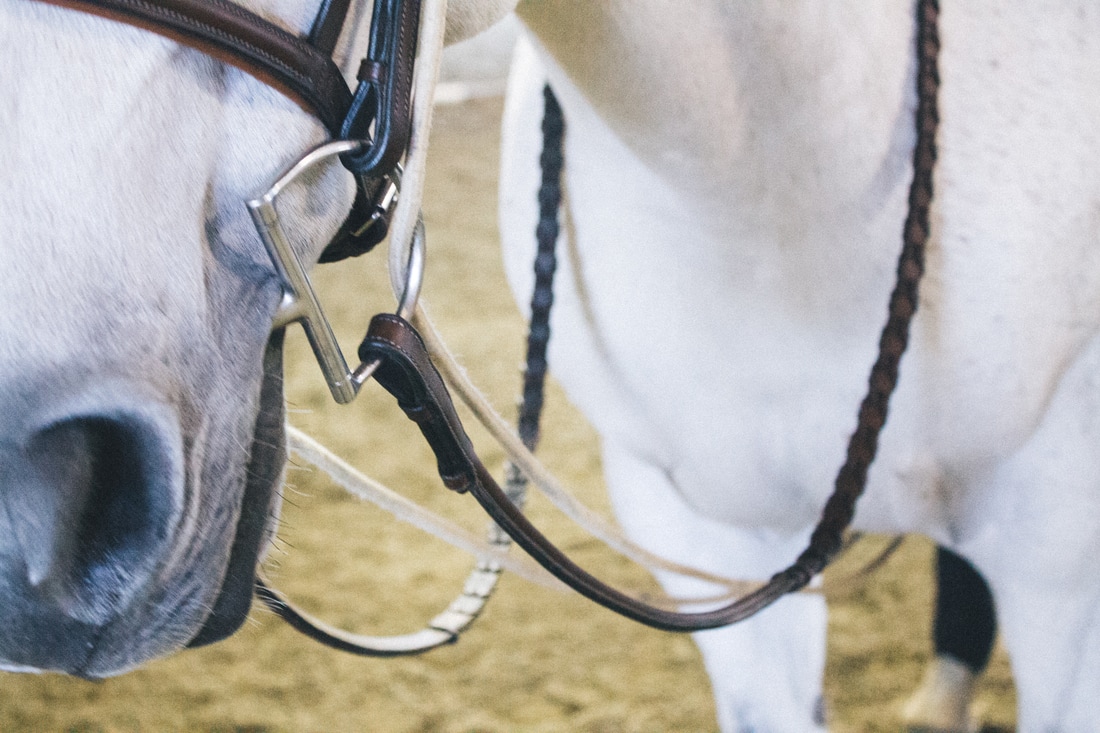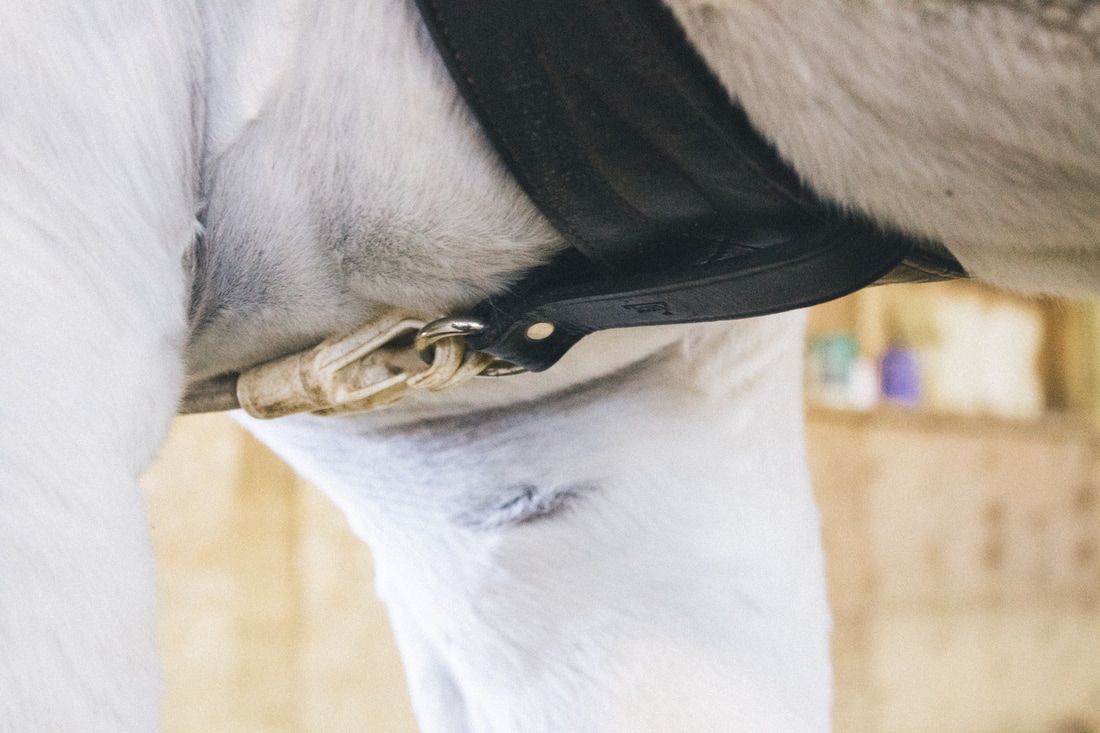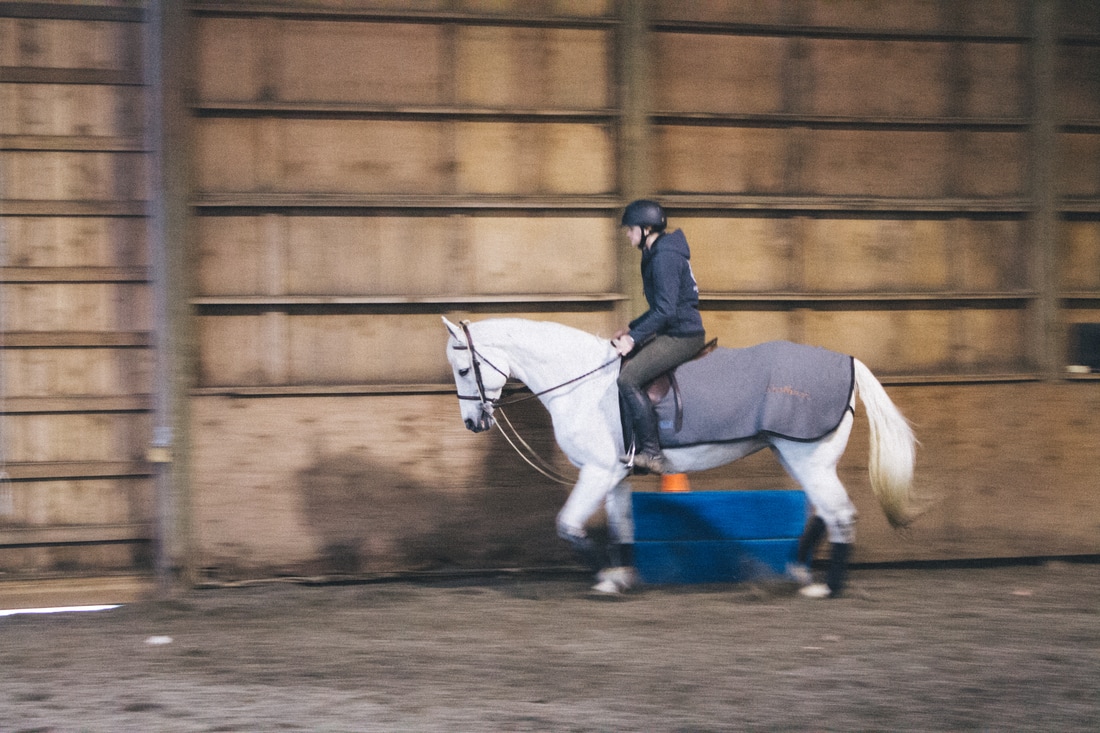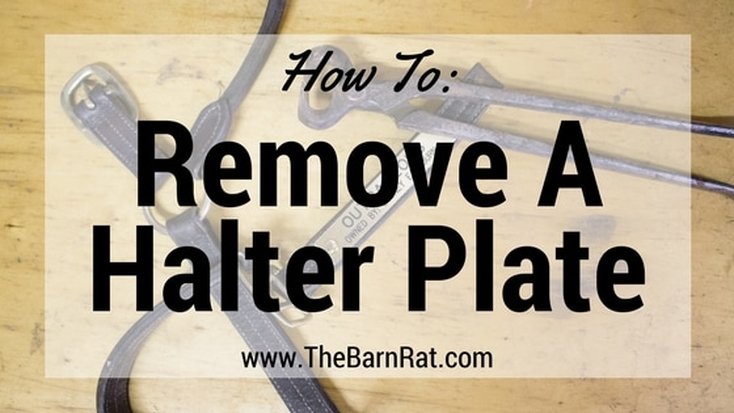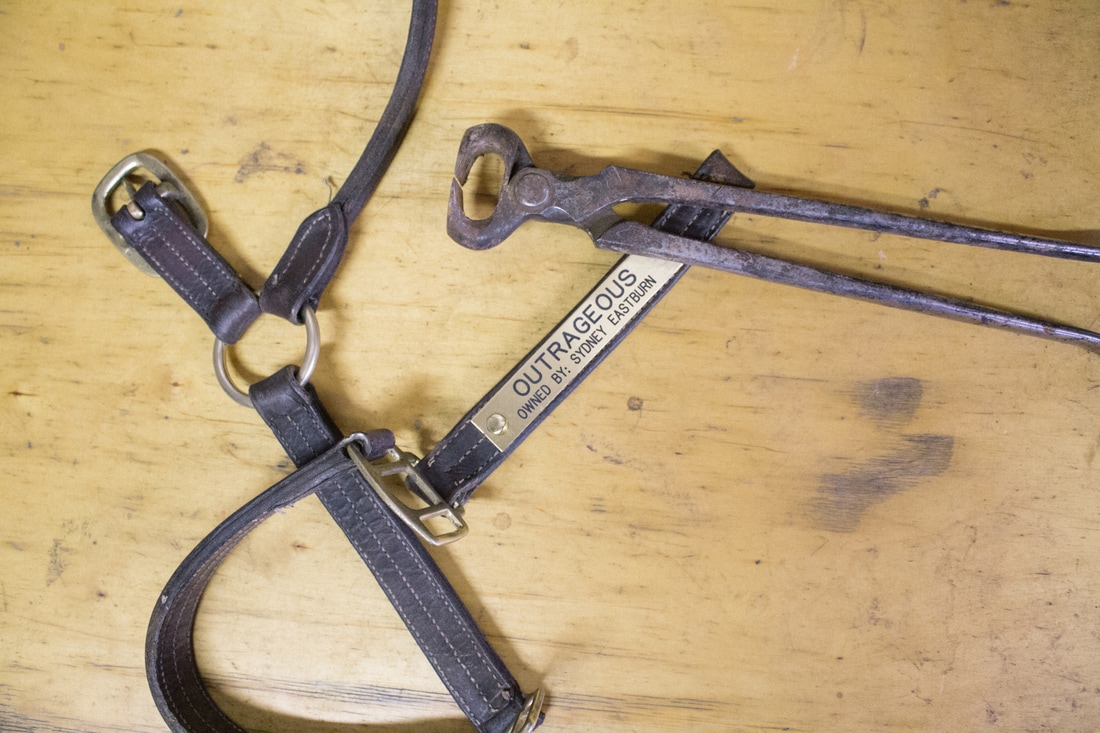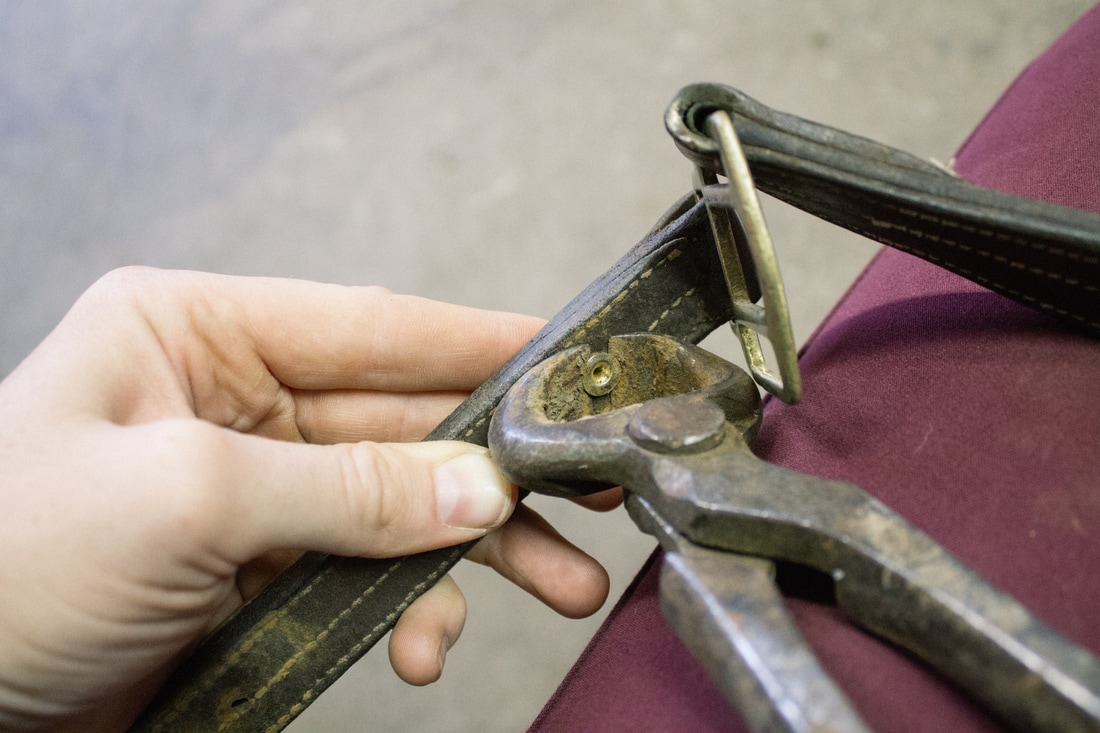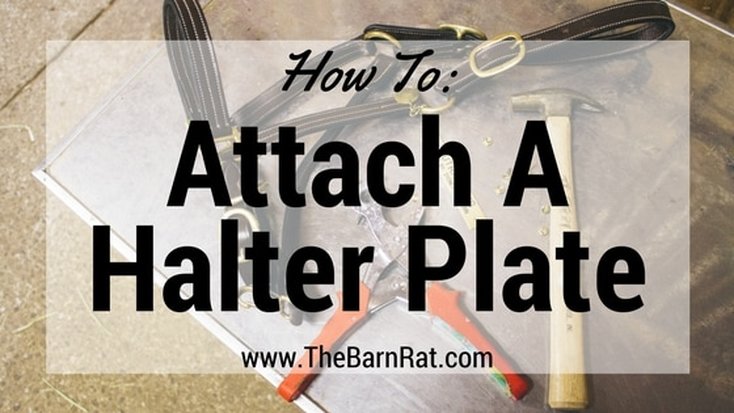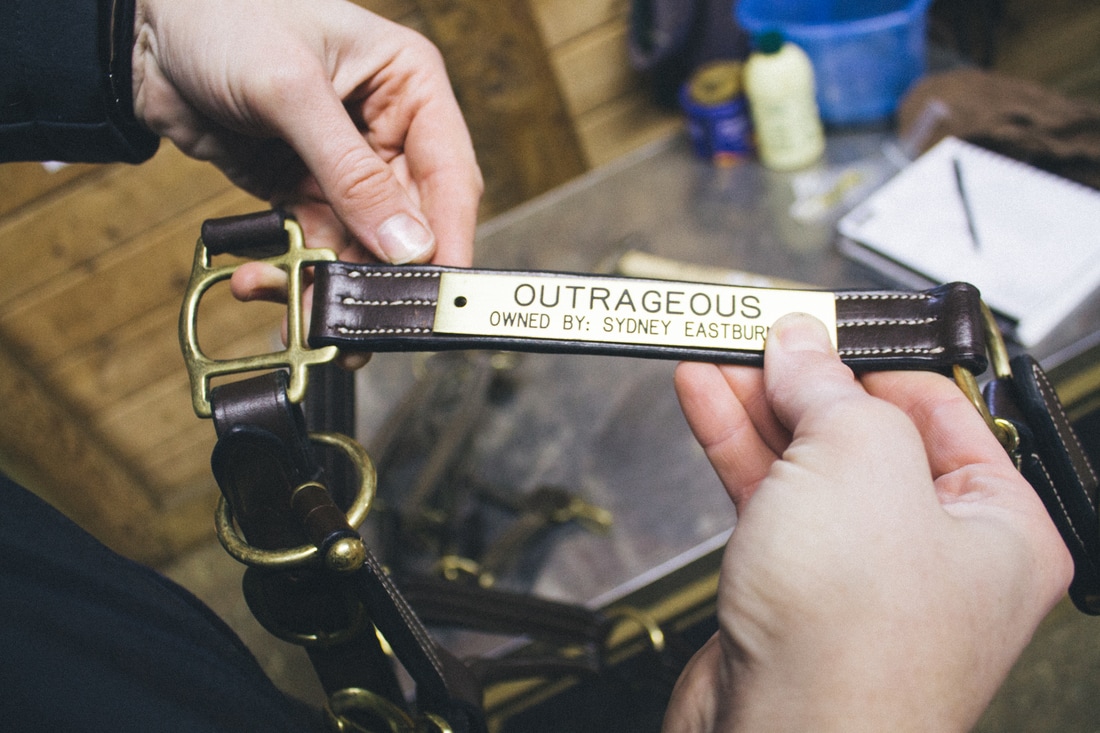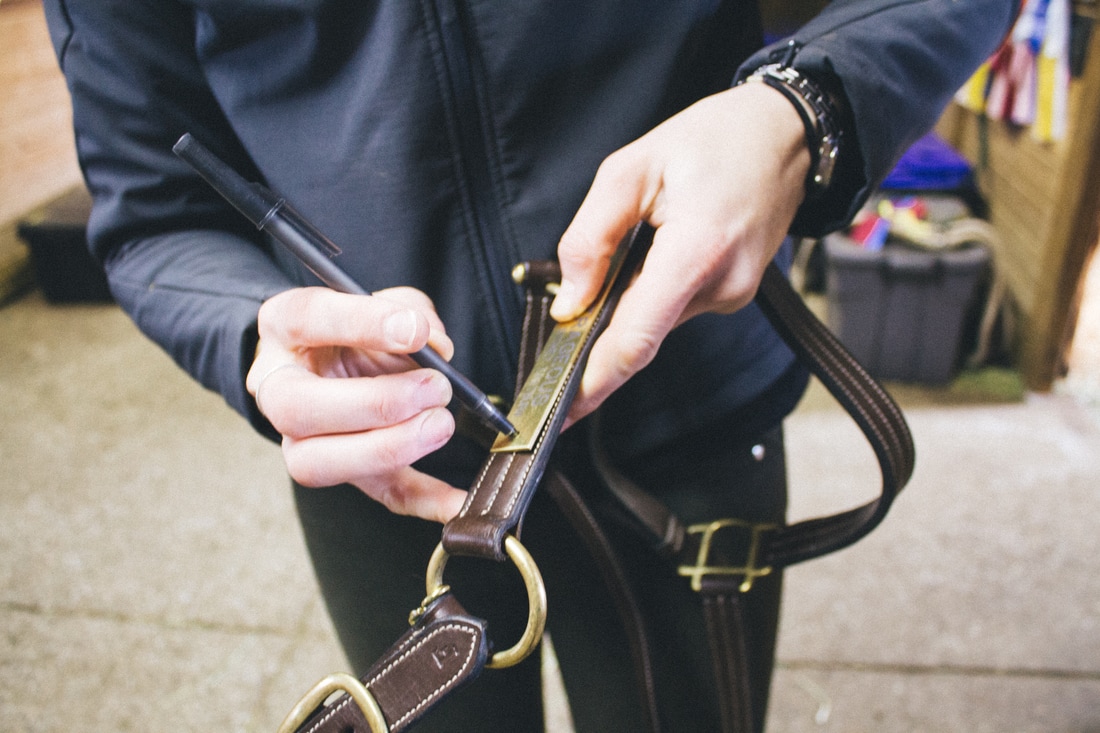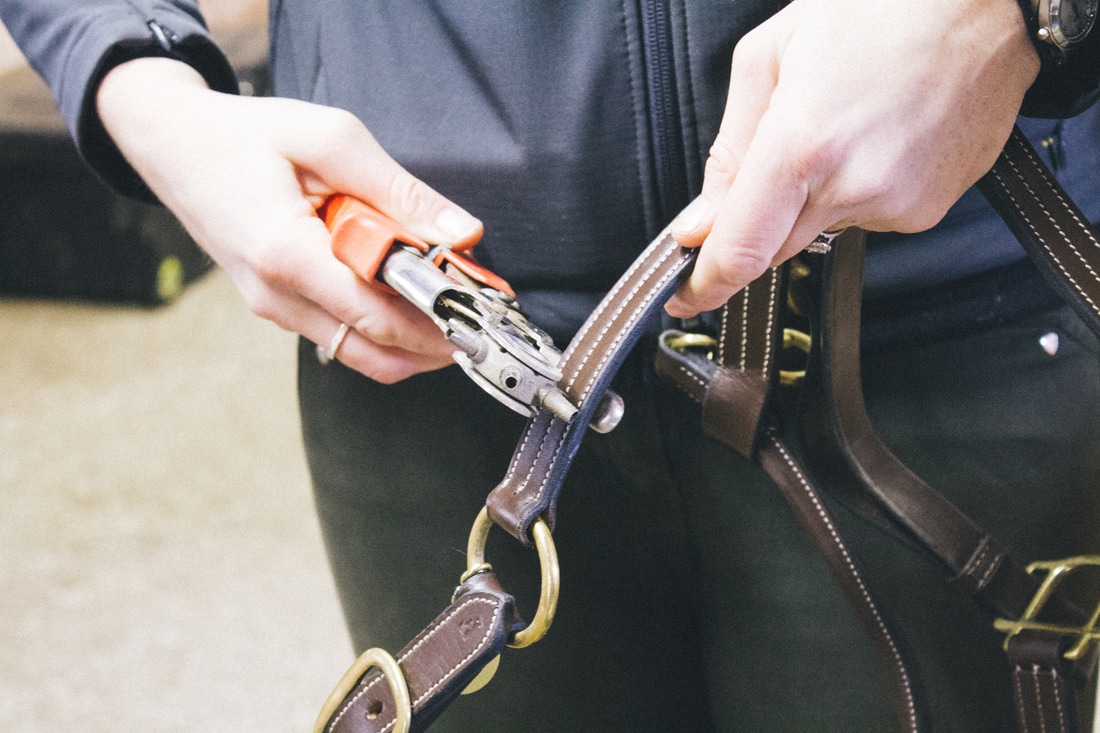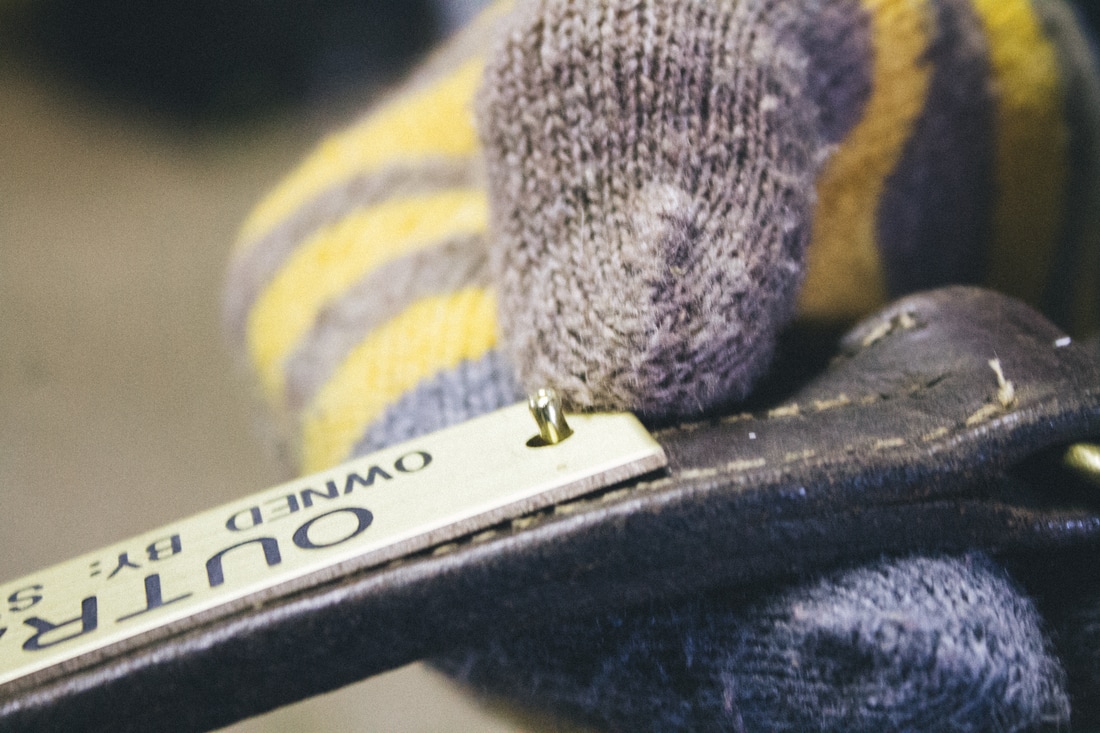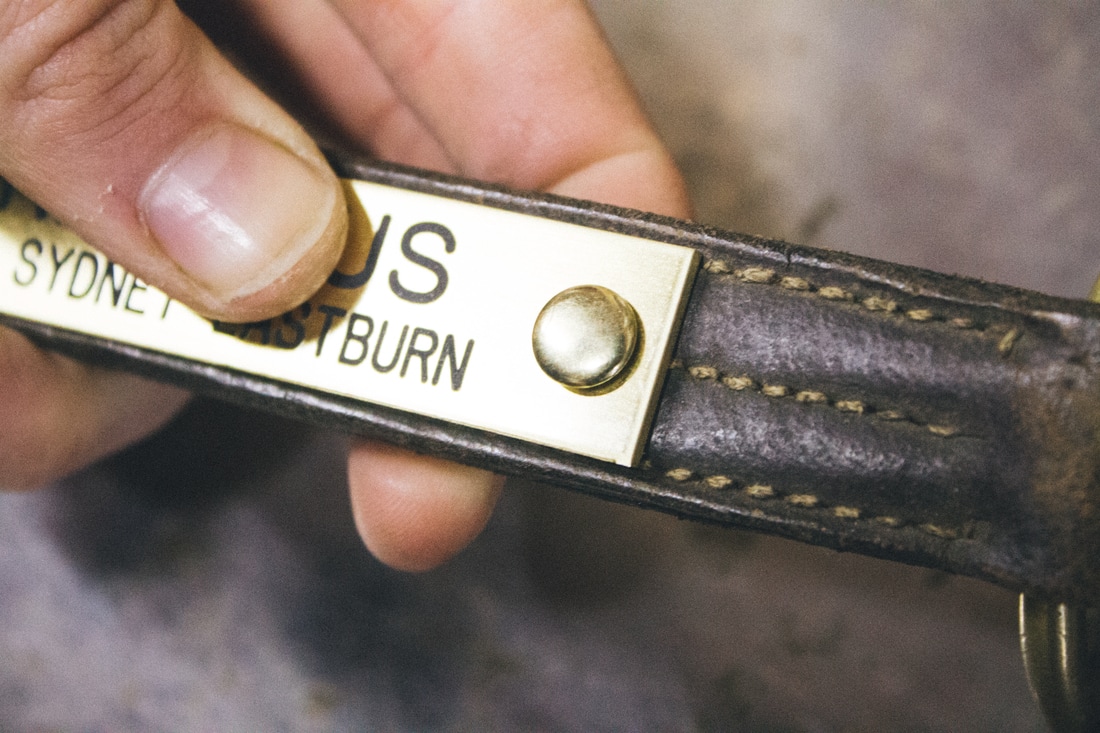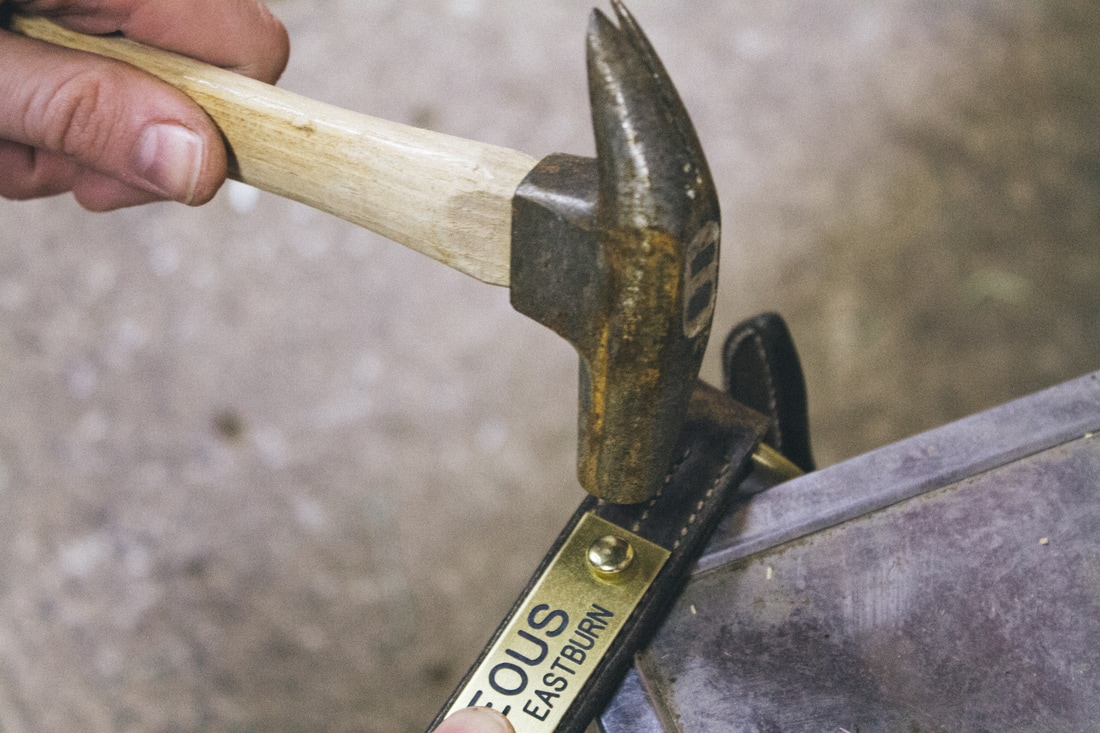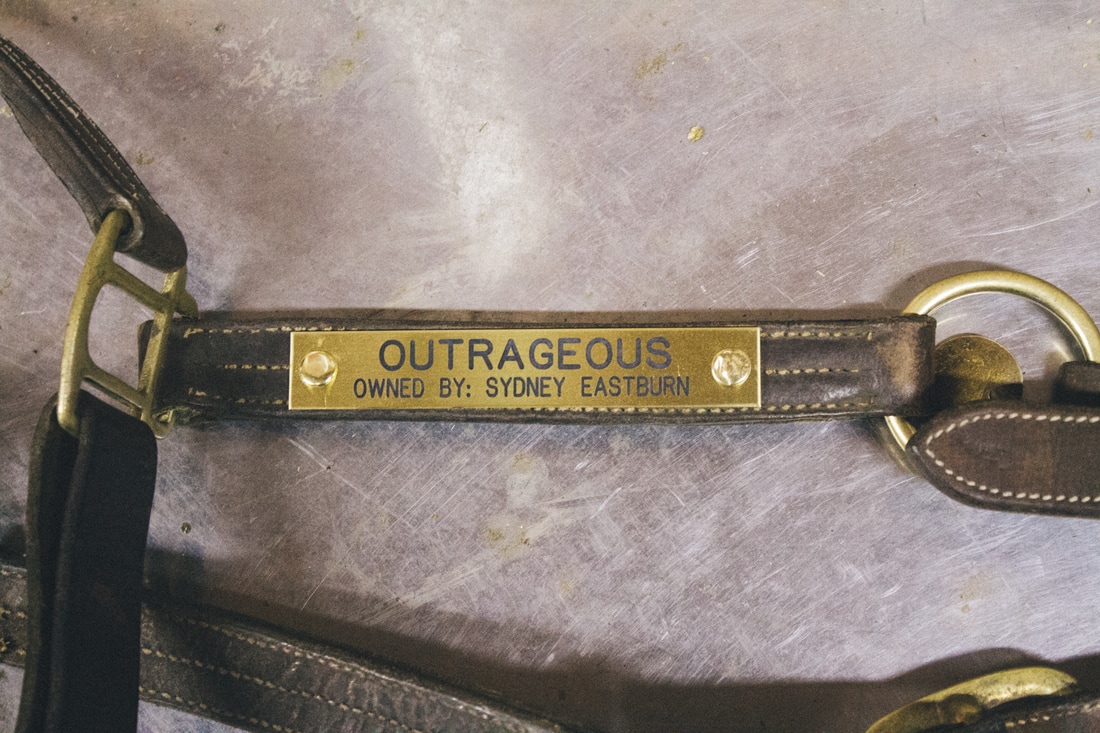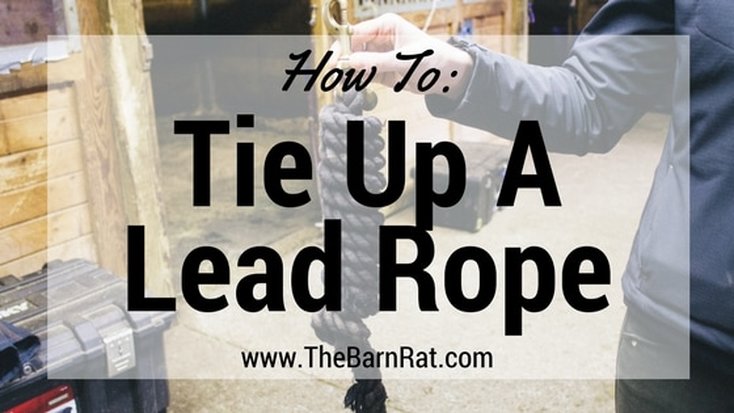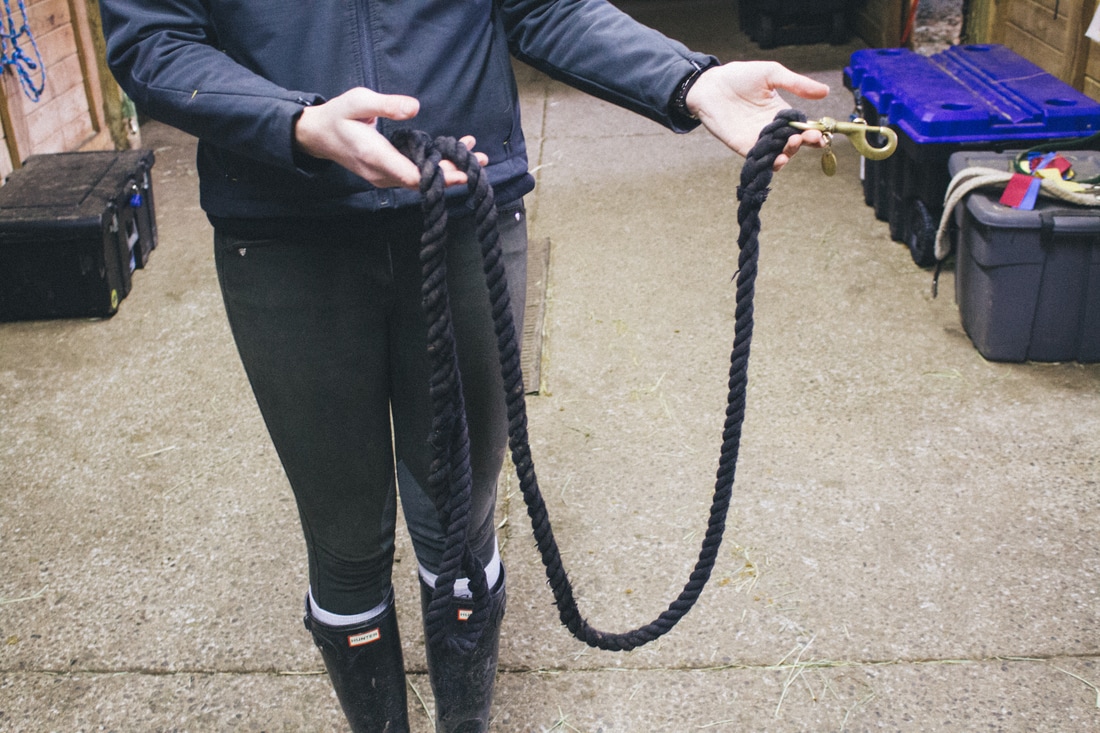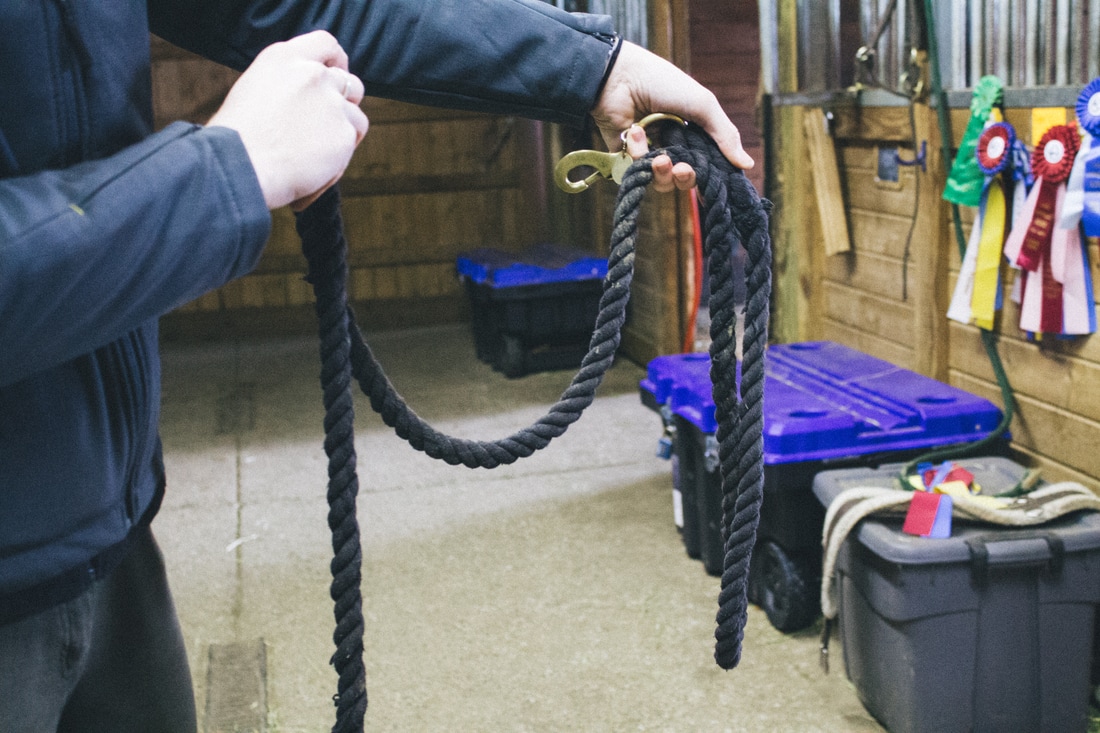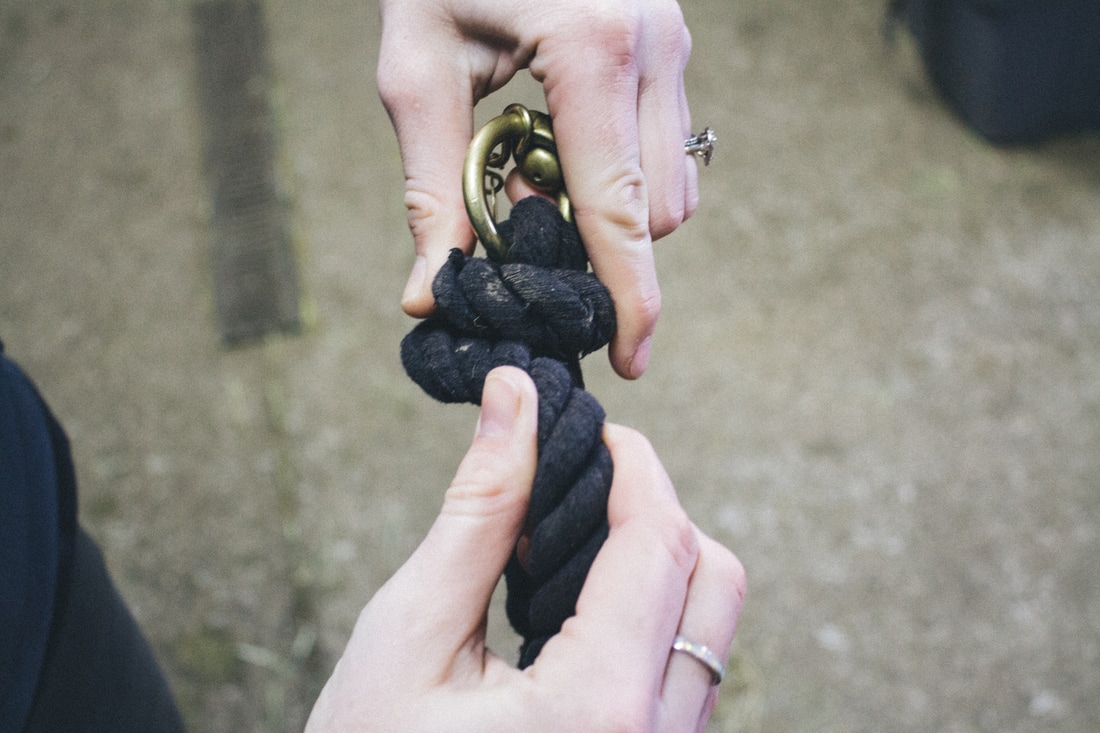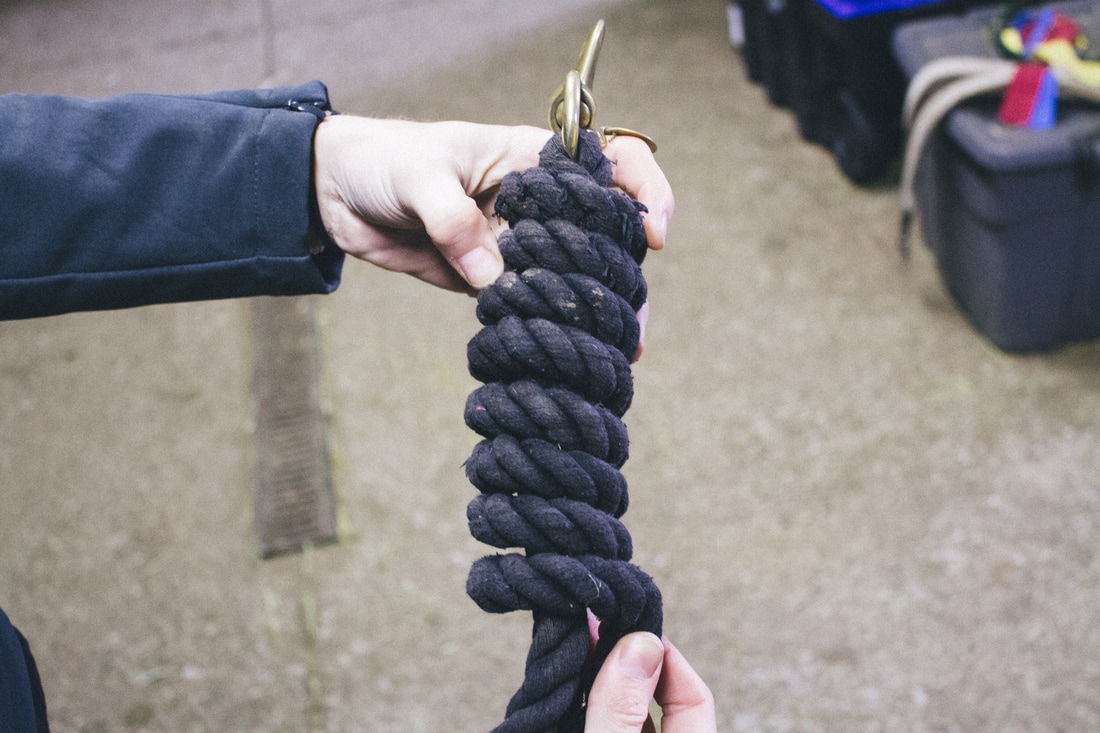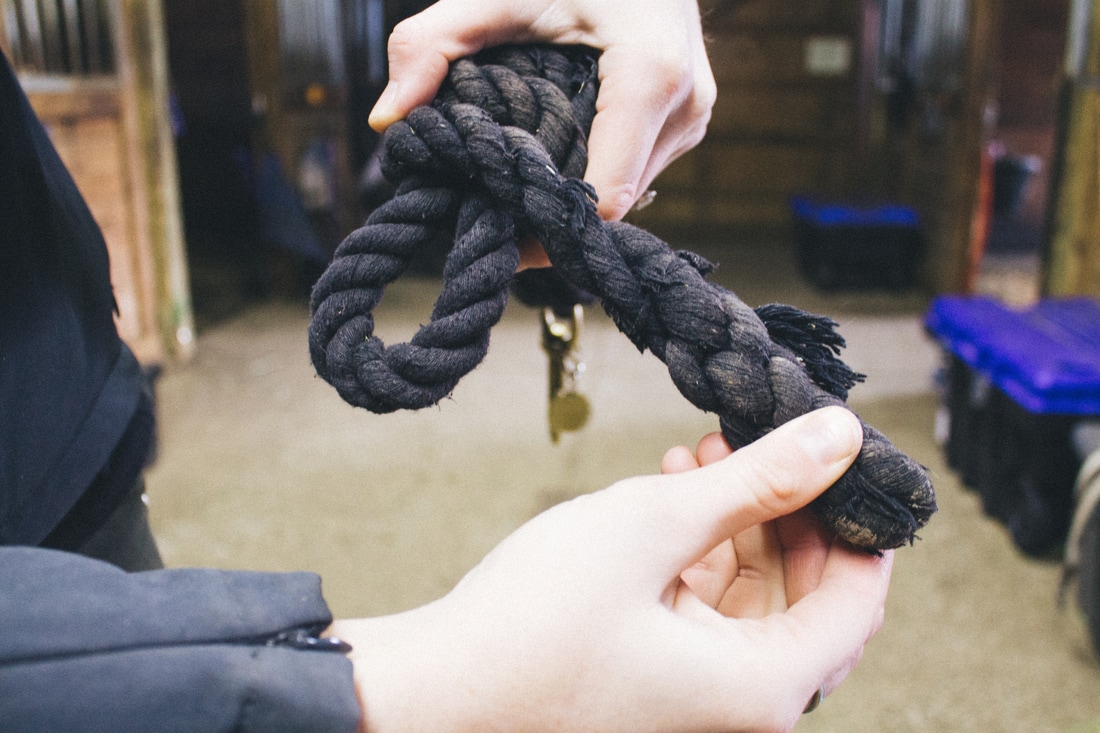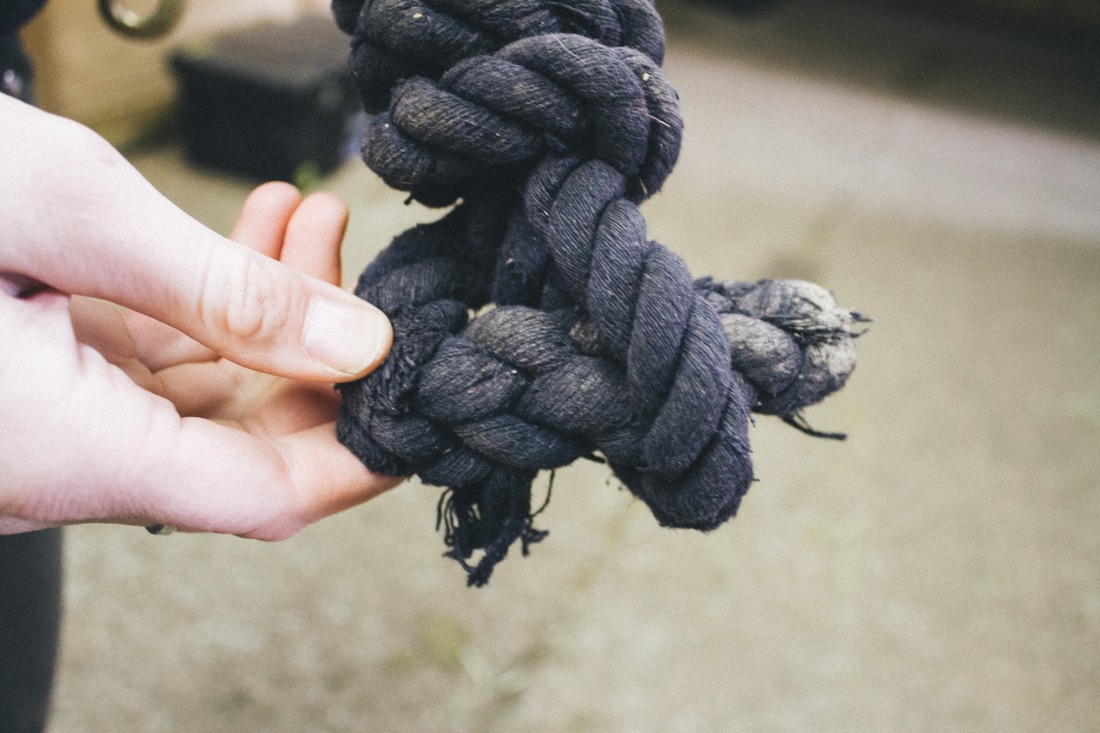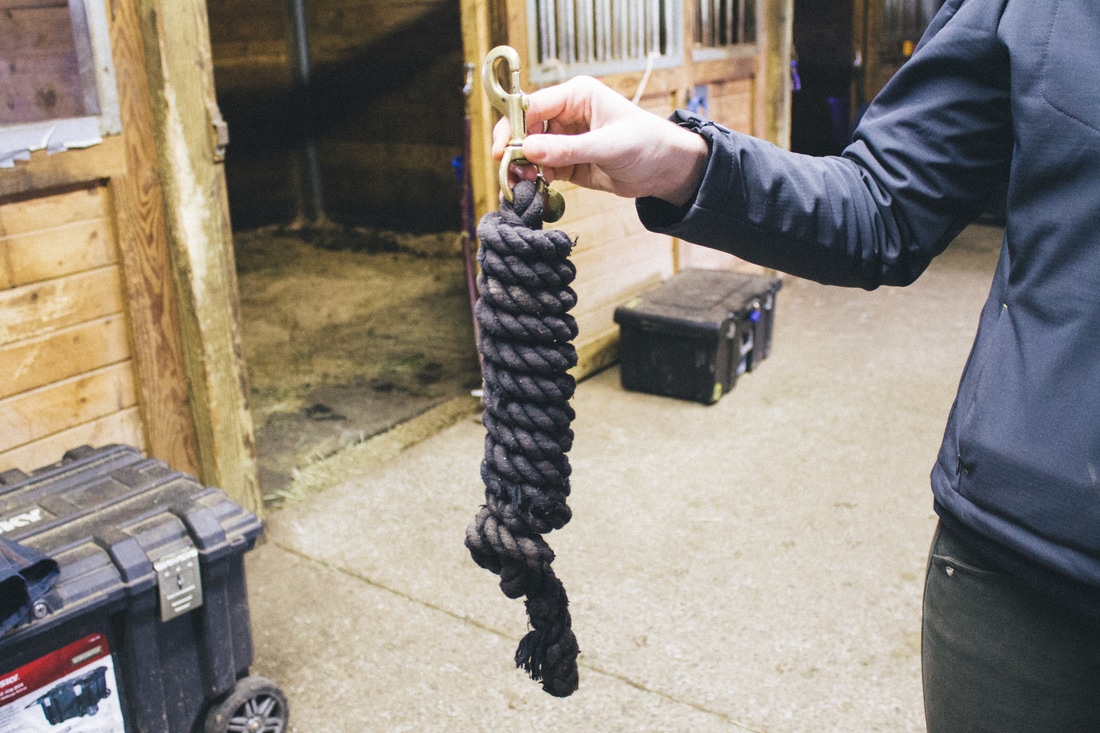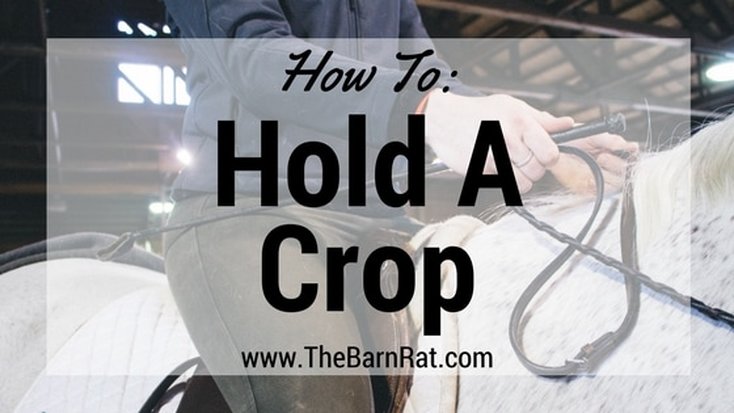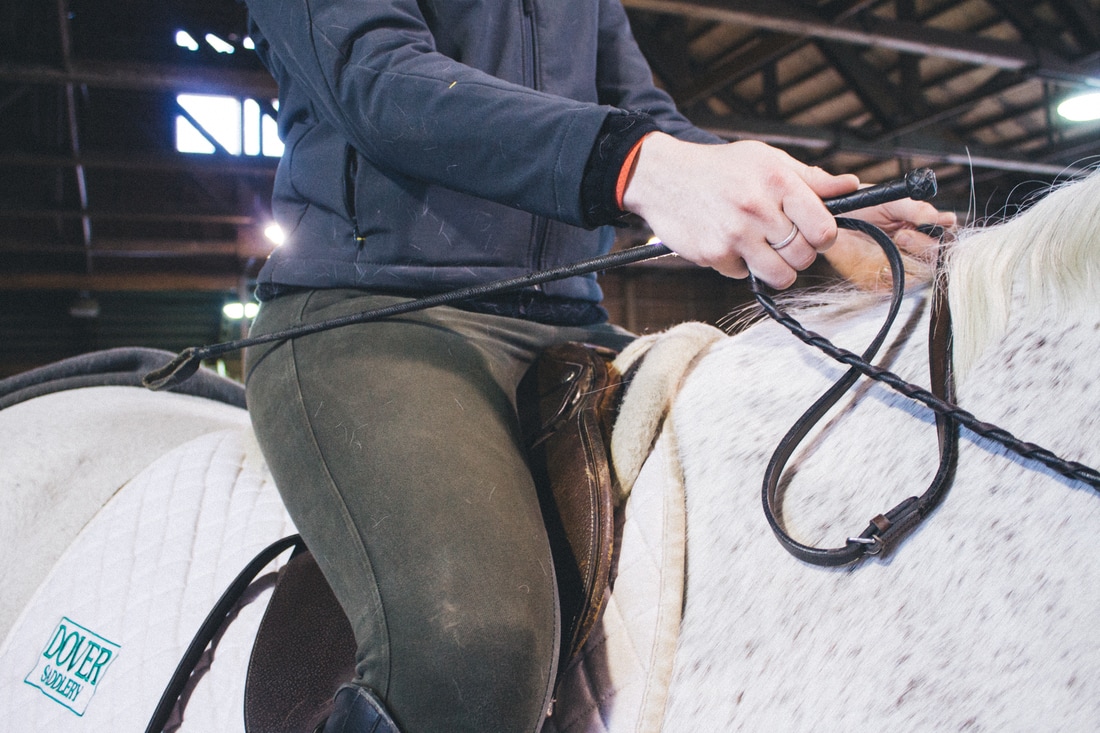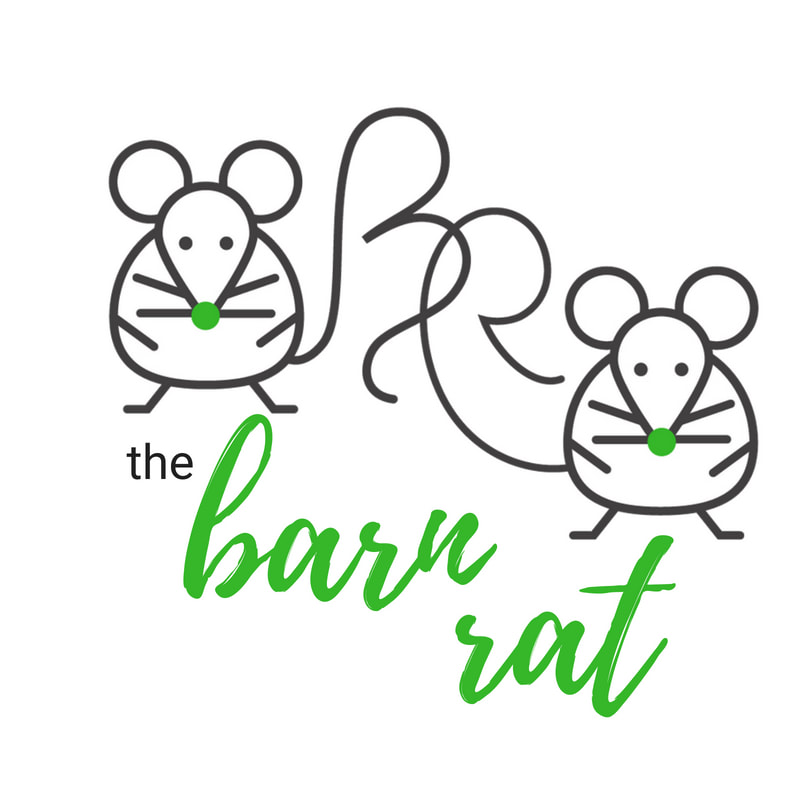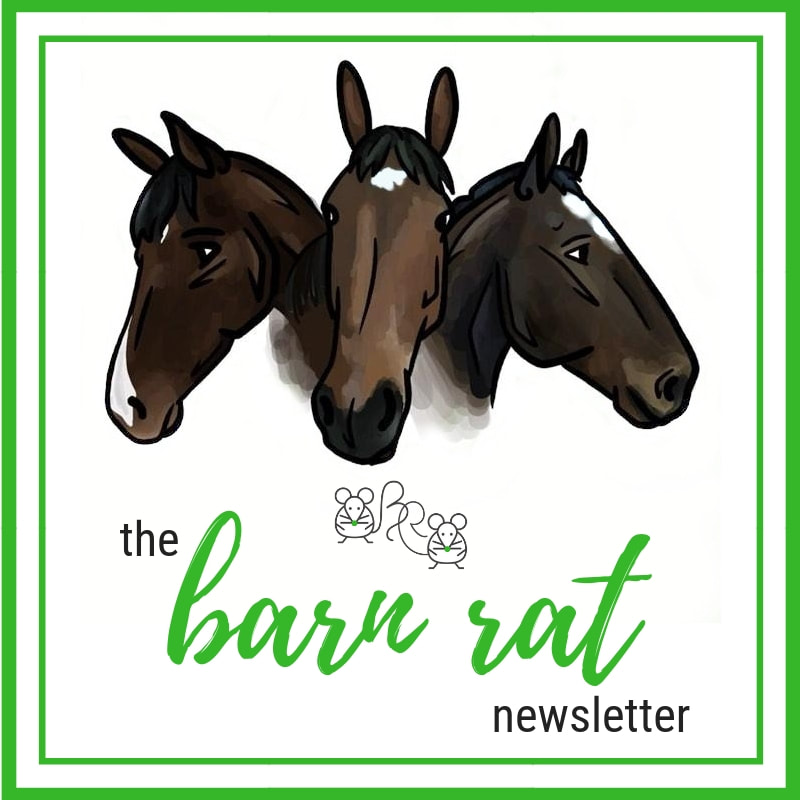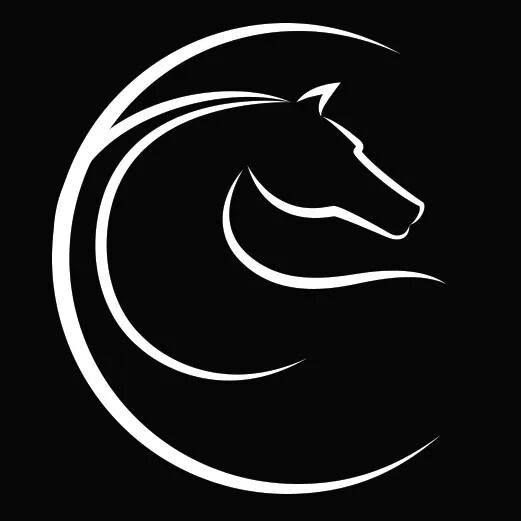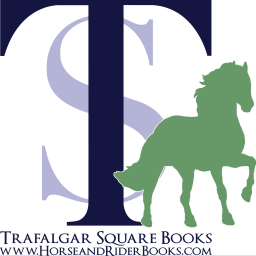|
Daily we handle our horses. Grooming them, riding them and loving on them. Sometimes, we need to do something with our horses that they aren't particularly fond of, like clipping, delivering medication, or leading them on a windy day. When those situations occur using a restraint technique can ensure both yours and your horse's safety. Below are an overview of the most common restraints. These restraints can very in severity and are to be used with caution and understanding. Being too firm with your horse can cause them to fear you and the situation, which no one wants. If you are wanting to practice any of these techniques look to your instructor or barn manager for assistance.
2 Comments
Christmas is right around the corner and if you are wondering what to get the horse lover in your life consider a few items from my personal Christmas wish list below. There are many other things to get your rider friend other than anything with a horse on it. When you first start riding, the overwhelming amount information that comes at you can be intense. It can seem like you need lockers full of stuff that you might never use. Well, if you are just getting started with horseback riding lessons below is a list of equipment that will really help your skills progress.
There are many different brands of helmet out there of all different designs, fit, price points and features. Sometimes you are buying brand recognition, but many times the higher priced helmets have more to offer in terms of safety and comfort. Below the 9 most recognizable helmet brands are examined.
What is your favorite helmet brand? Let us know in the comments below or share you picture on Instagram using the hashtag #TheBarnRat!
There are mixed feelings about draw reins. Many think they are abusive and others think that when used correctly are an effective training tool. I can see both sides to this coin, just like many things in the wrong hands almost anything can be used poorly. The negative and positive about draw reins is that they are easily adjusted. To make them tighter you just shorten the draw rein in your hand. This is convenient over tools that you would have to dismount to adjust. When used correctly draw reins are a helpful tool to get a horse to use their back and accept contact with the bridle. Below are the steps to use draw reins, a correct working example and an incorrect example. There are many different pieces of equipment you can use to help train your horse or to help keep them fit. Many people are opposed to equipment because they feel it can be too harsh, used in the wrong hands anything can be made abusive. Used correctly, however, training equipment can improve your horse's way of going. The saying "work smarter, not harder" comes to mind. Today we will be discussing the neck stretcher. This elastic attachment is to help encourage your horse's head down by putting pressure on their poll. The neck stretcher should be adjusted so when your horse moves their head into the correct position the elastic ropes relax and there is the relief of pressure. Your horse should also be able to have the freedom to reach their neck down and forward, stretching all the way through their back. The neck stretcher is a stationary piece of equipment, meaning it is not easily adjusted while riding. You would have to stop movement to change the tension in the elastic. Because of this it is important not to start out with the neck stretcher too tight, make sure you allow your horse plenty of warm up time before making it too tight. Unfortunately, soon after learning how to somewhat successfully attach a halter plate, I had to learn how to take them off. My leather halters broke beyond repair so while I wait to get new ones I wanted to make sure my nameplates stayed safe. The best piece of equipment I found is a pair of farrier nippers.
I've always seen these beautiful leather halters with brass nameplates and just thought there was some magical factory that put these plates on halters. Well, recently I finally got nameplates for my horses and realized that there wasn't some factory that just put these on. Now, if you live in an area with a fancy tack store that can do this for you, great. I don't so it turned into a great DIY project. Below are the steps I took to attach my nameplates. Ever see lead ropes all wrapped up in fancy show barns making the halters look so neat and organized? Wrapping up your lead rope is not only a good way to keep your horse's stall front looking nice but it also an easy way to keep extra lead ropes from getting tangled. Read below for the easy steps to tie up your lead rope. Holding a crop is something many riders off all levels do. Sometimes horses need encouragement to go forward, a crop can be used to reinforce something you are telling your horse with your leg, or it can be used to discourage bad behavior. The crop can be held in either your inside or outside hand, it depends on what you are trying to accomplish. When your crop is not in use it should be kept resting across your thigh. This keeps the crop from waving around on accident, prevents unwanted slaps on the shoulder, and keeps the rider from breaking their wrists. The crop with rest through the middle of the hand with the thumb on top securing the crop in place.
|
Categories
All
SponsorsInterested in sponsoring The Barn Rat? Be sure to contact us here!
|
